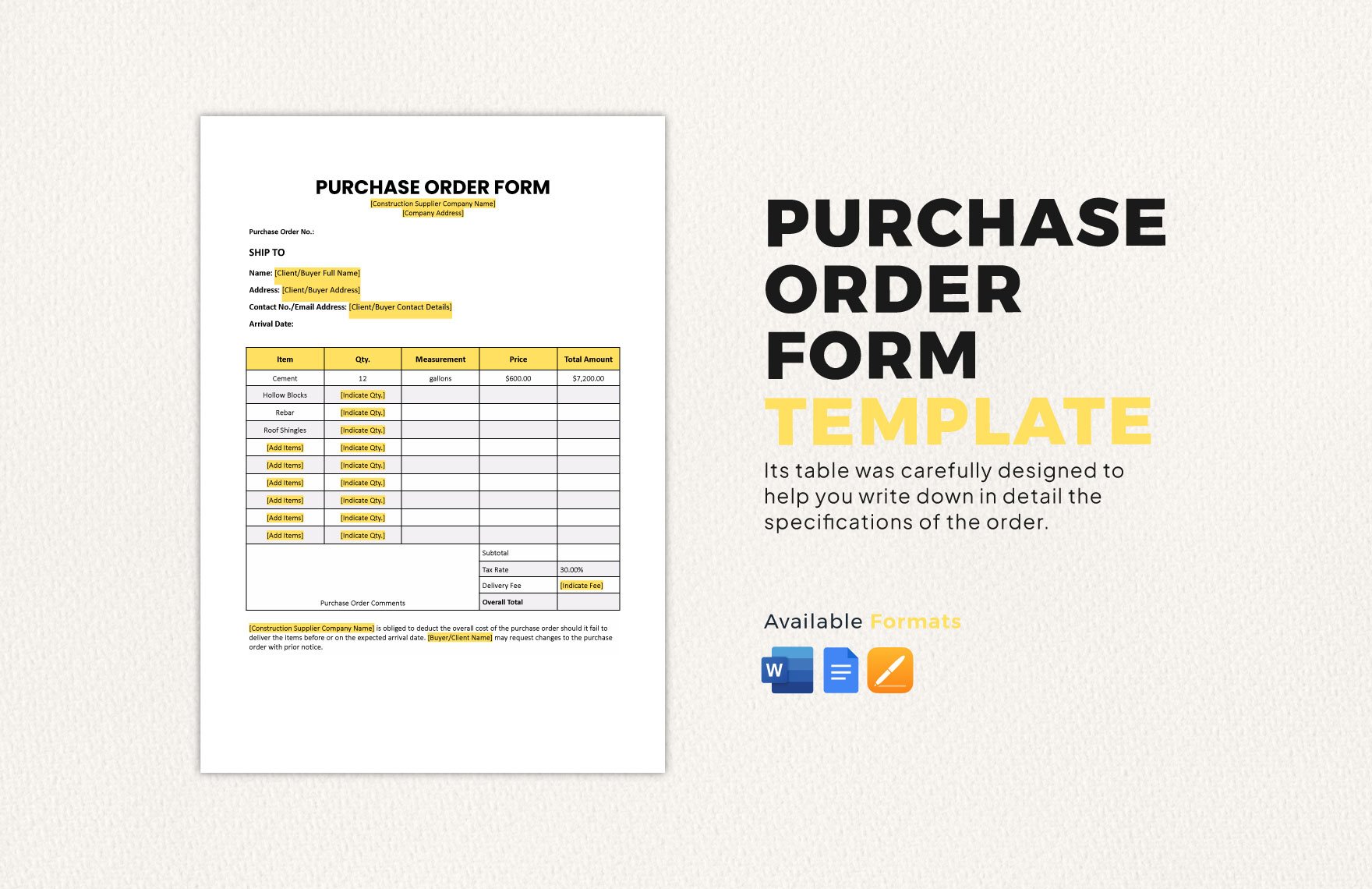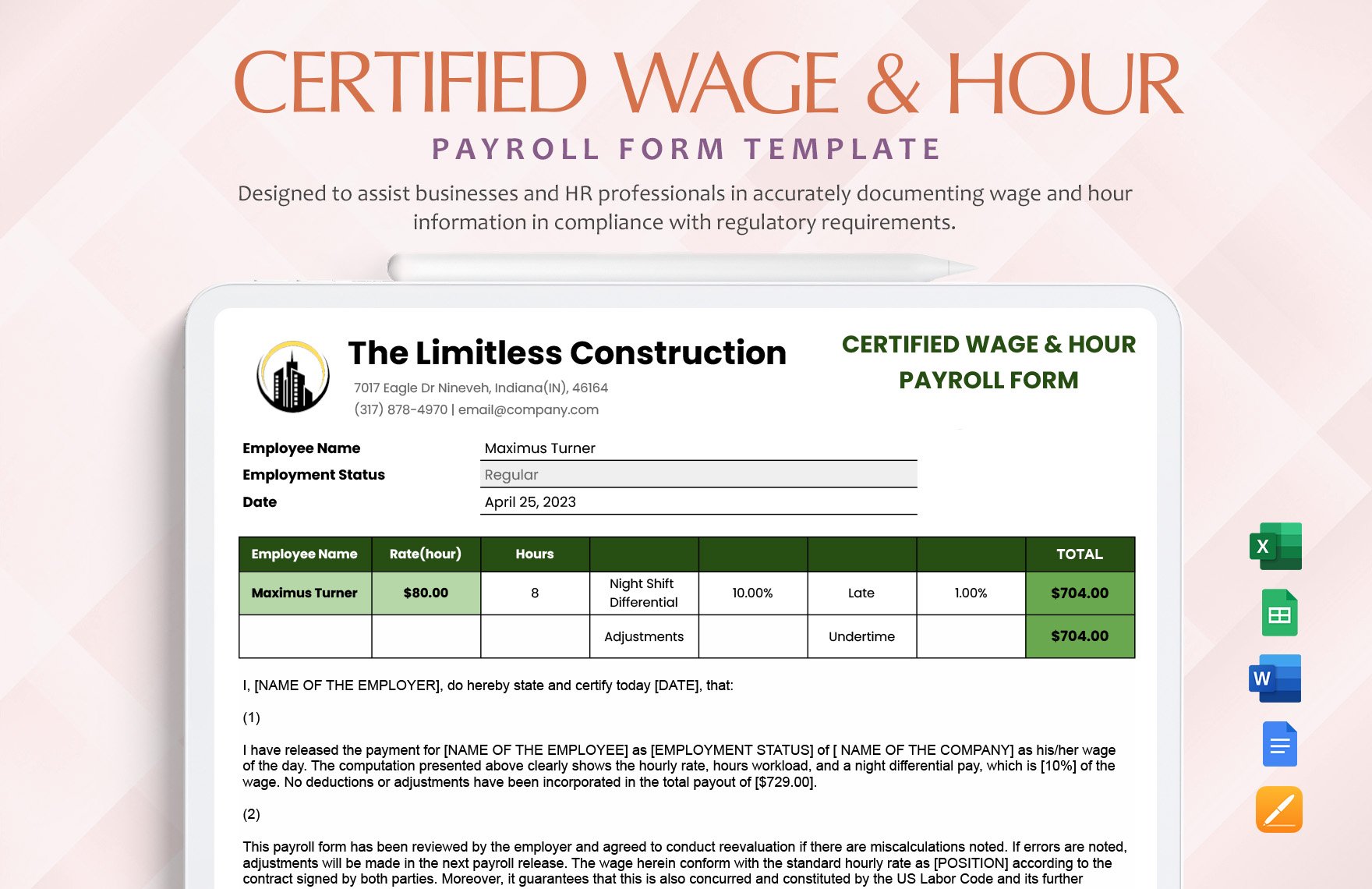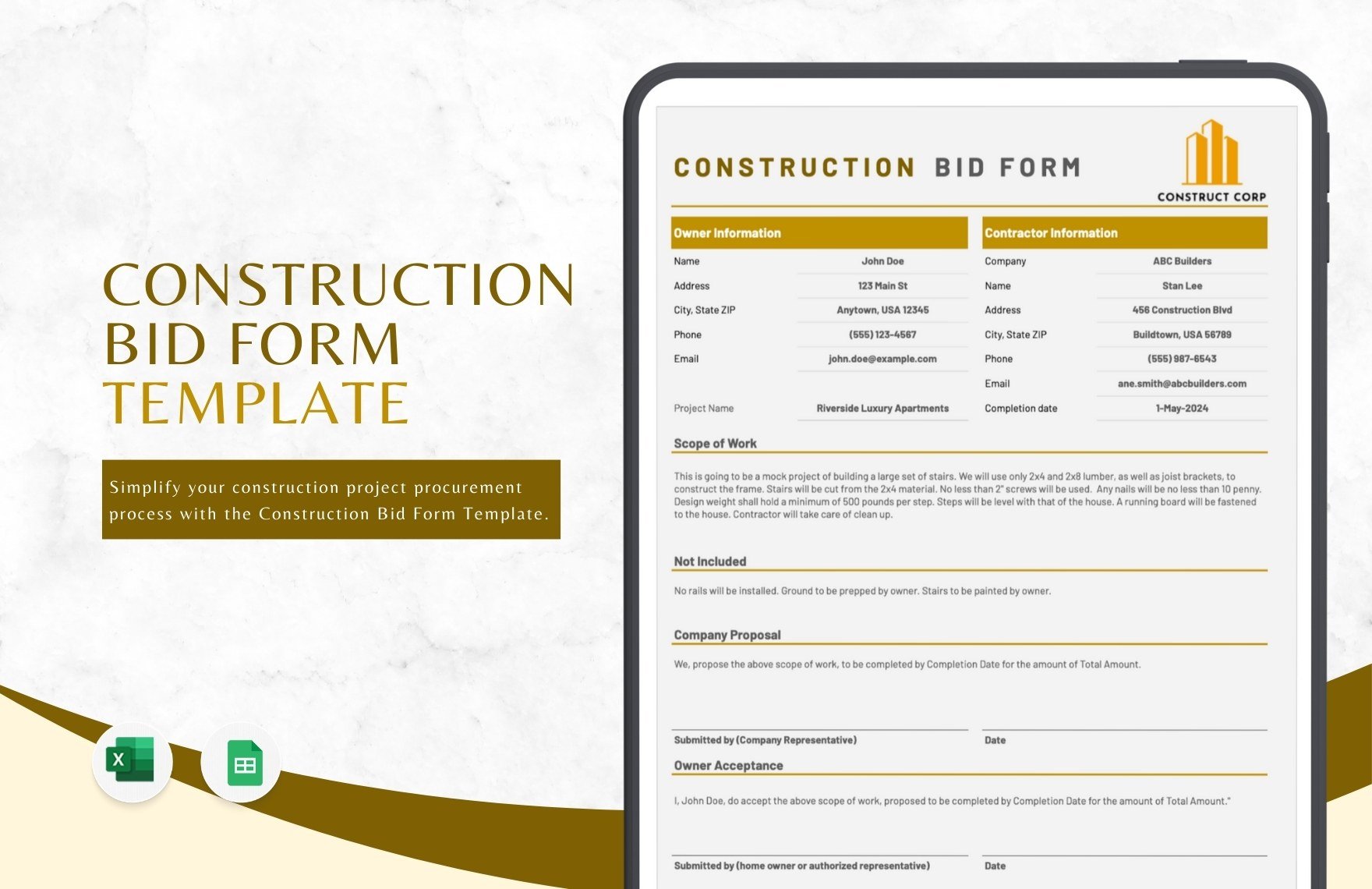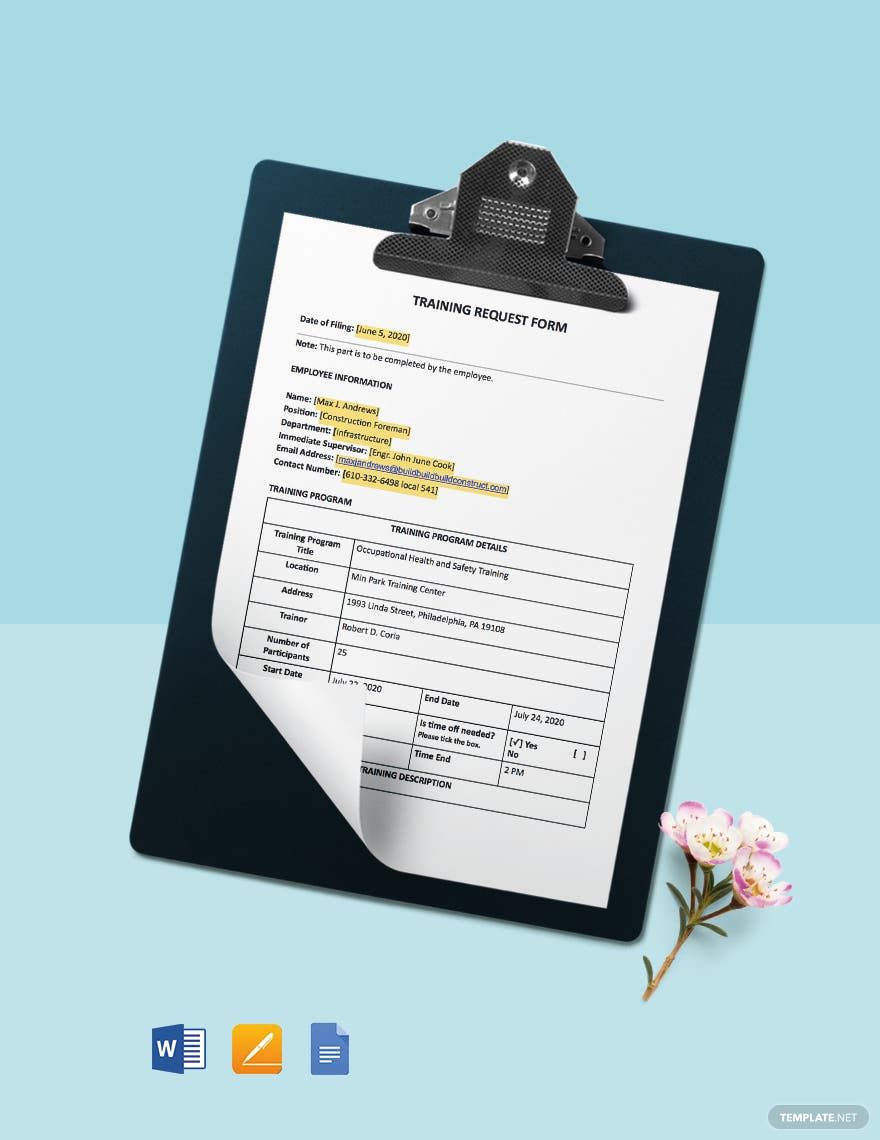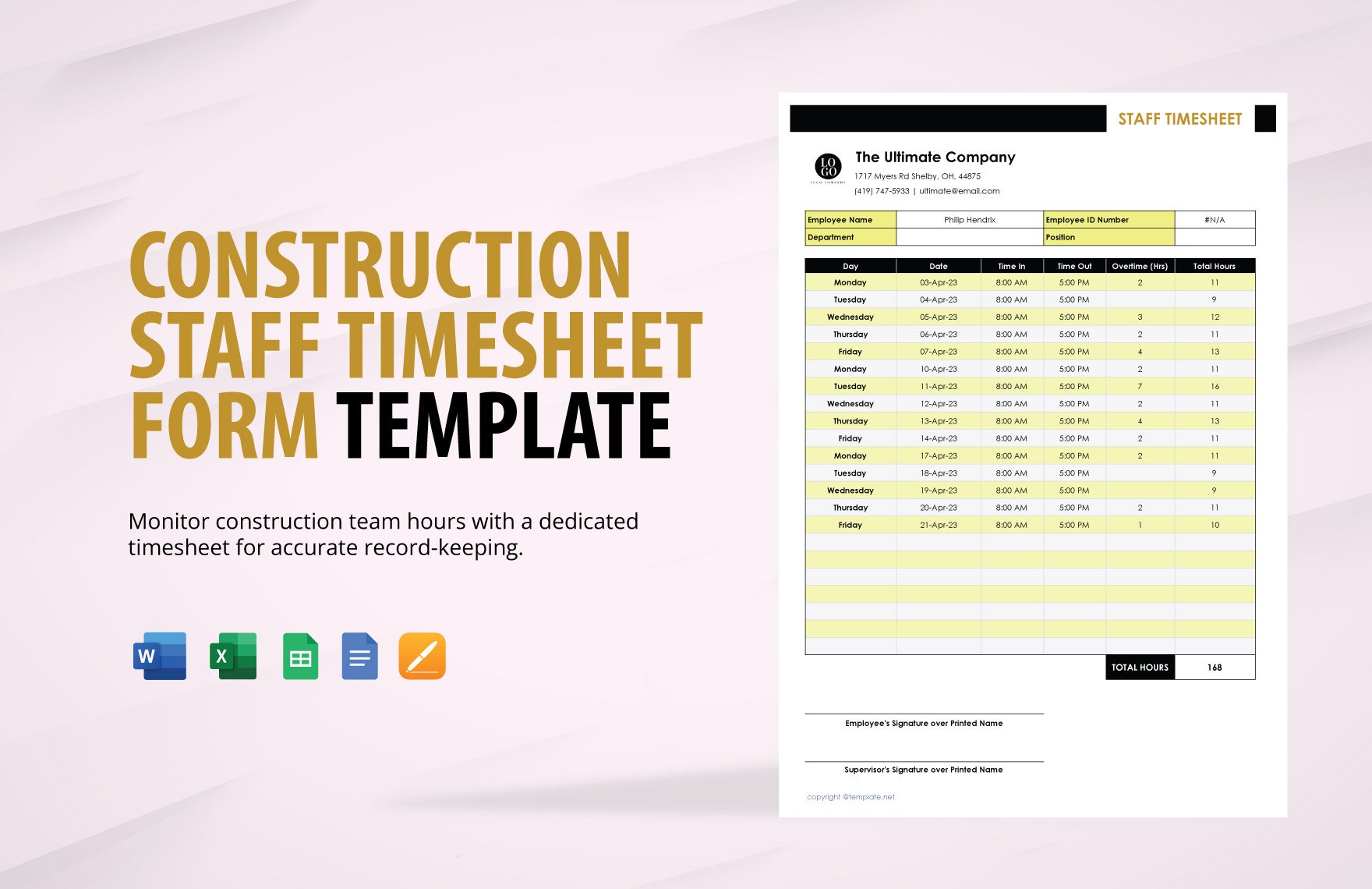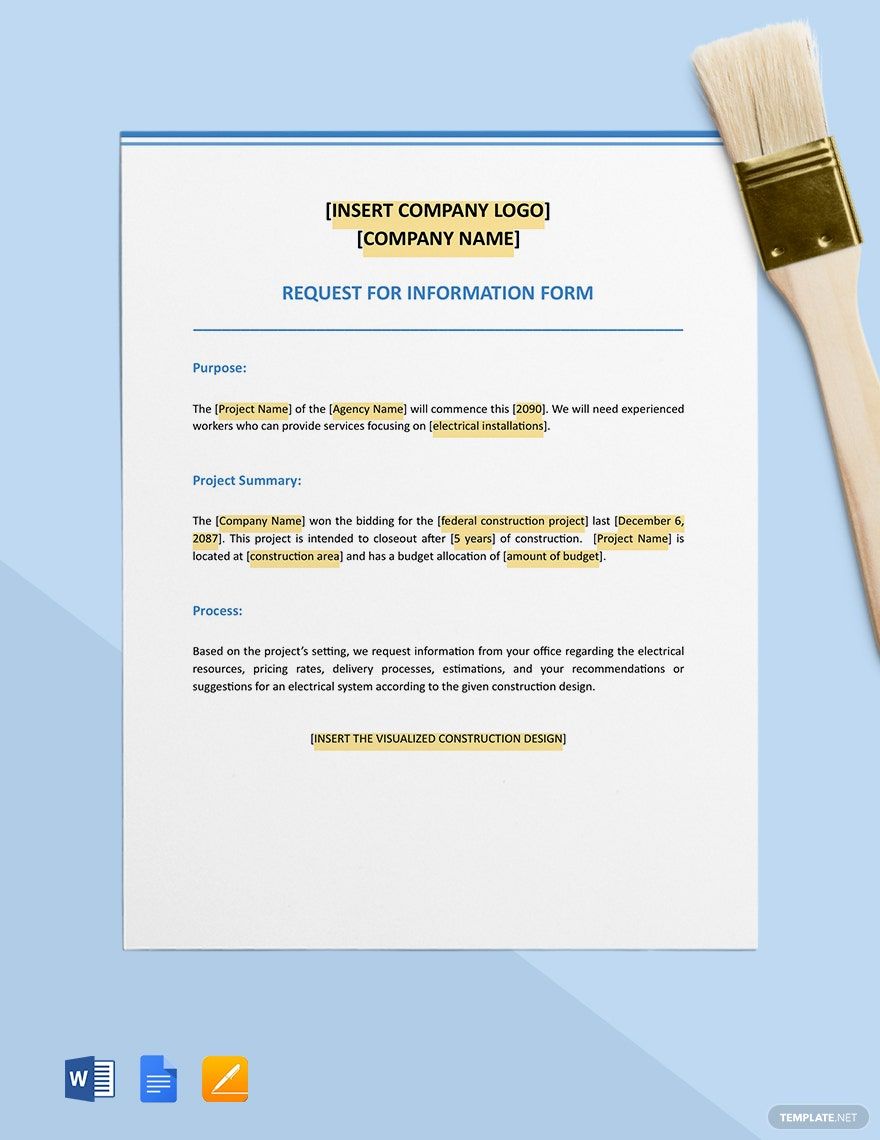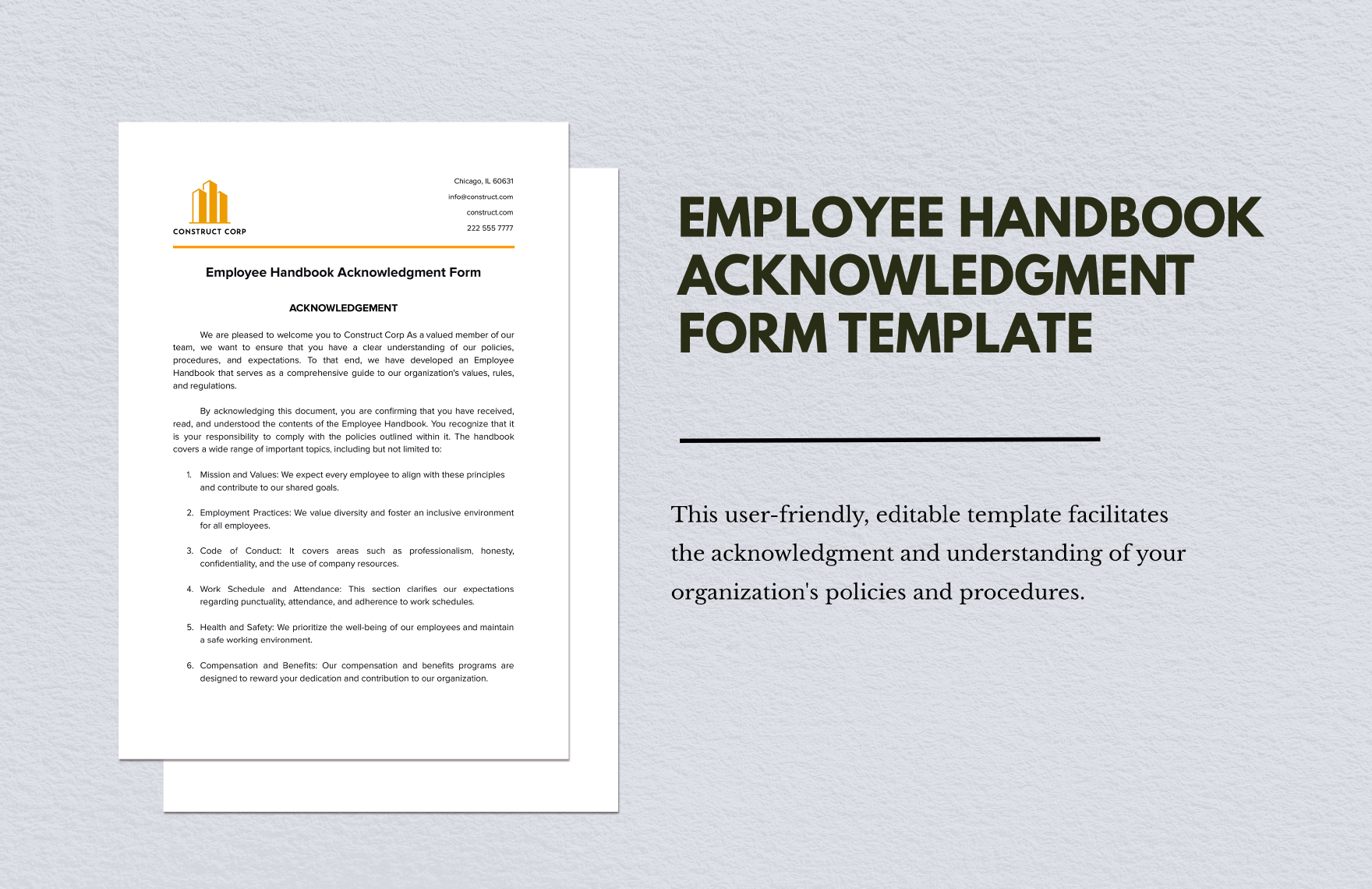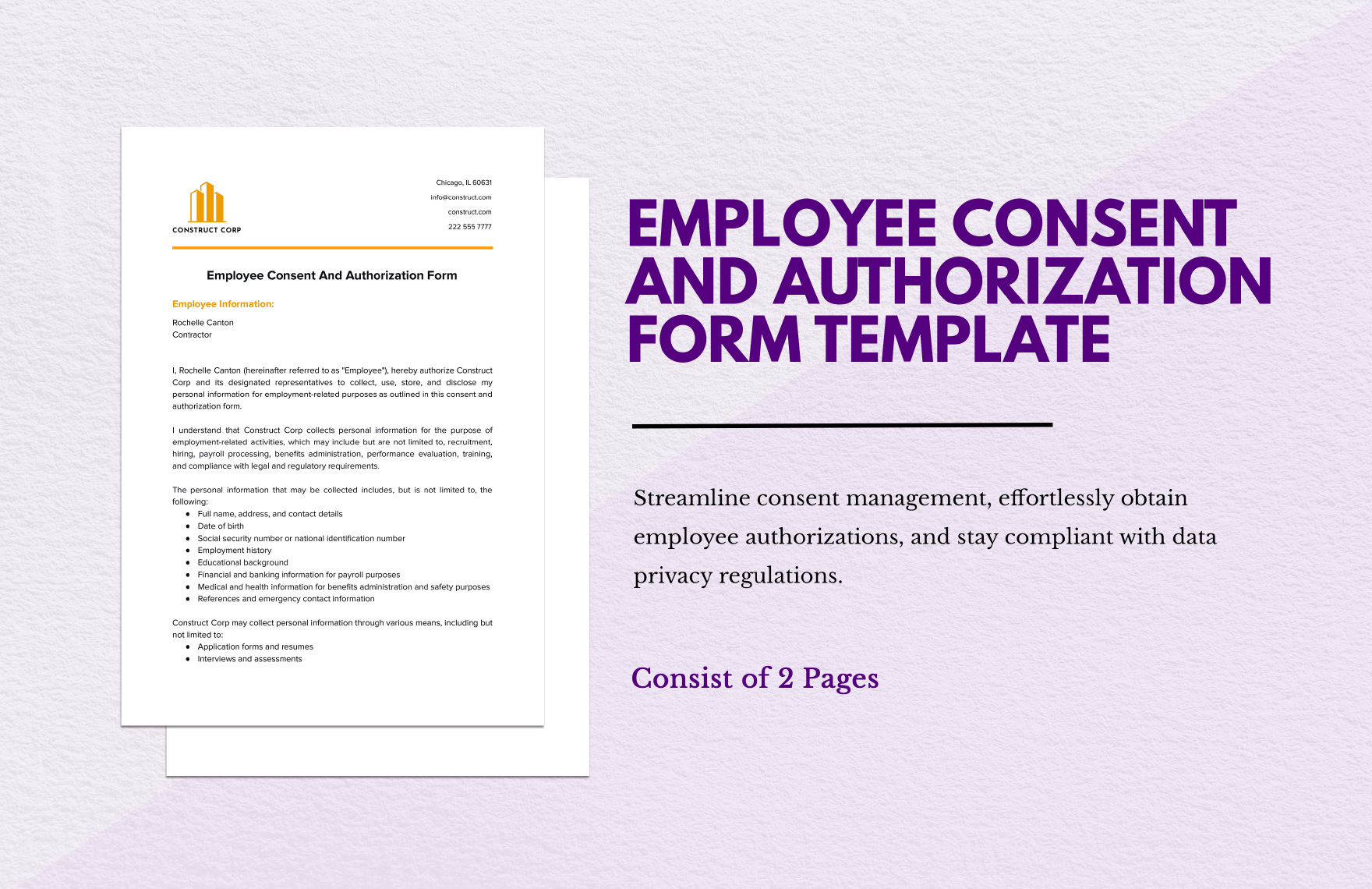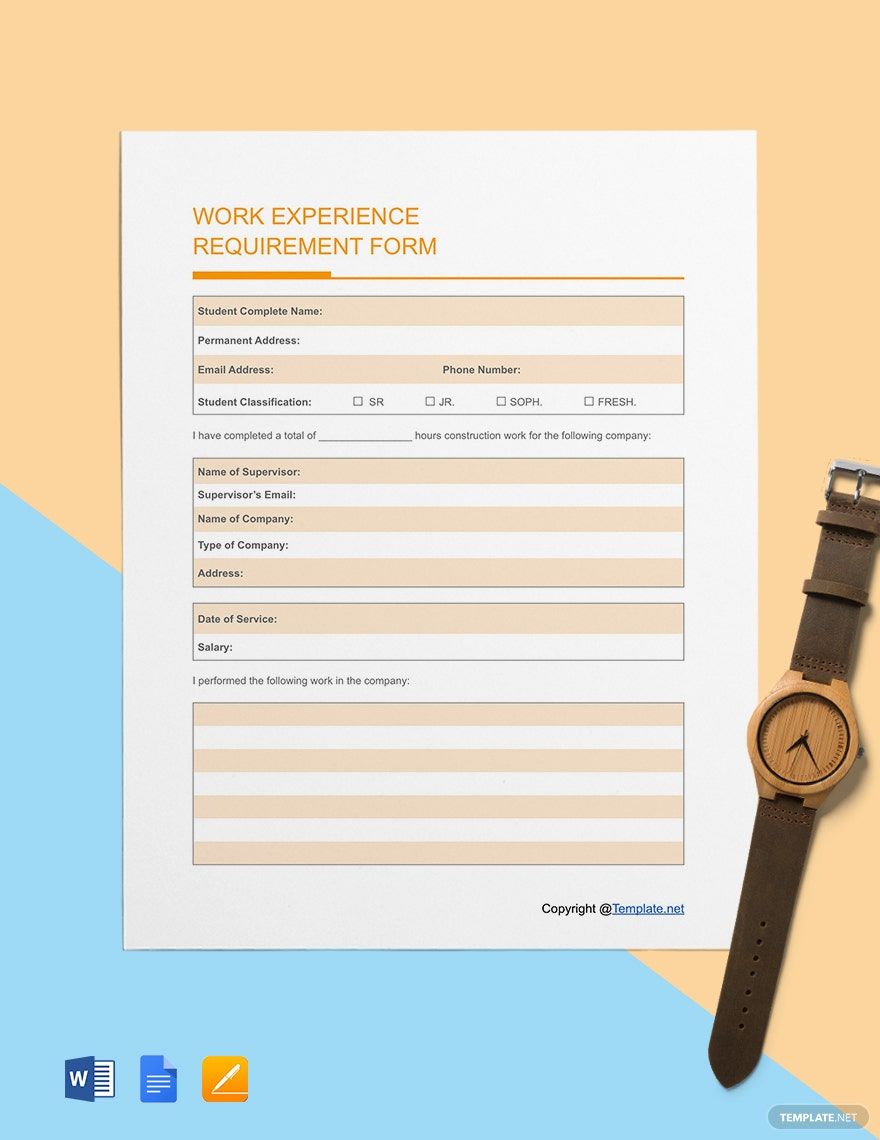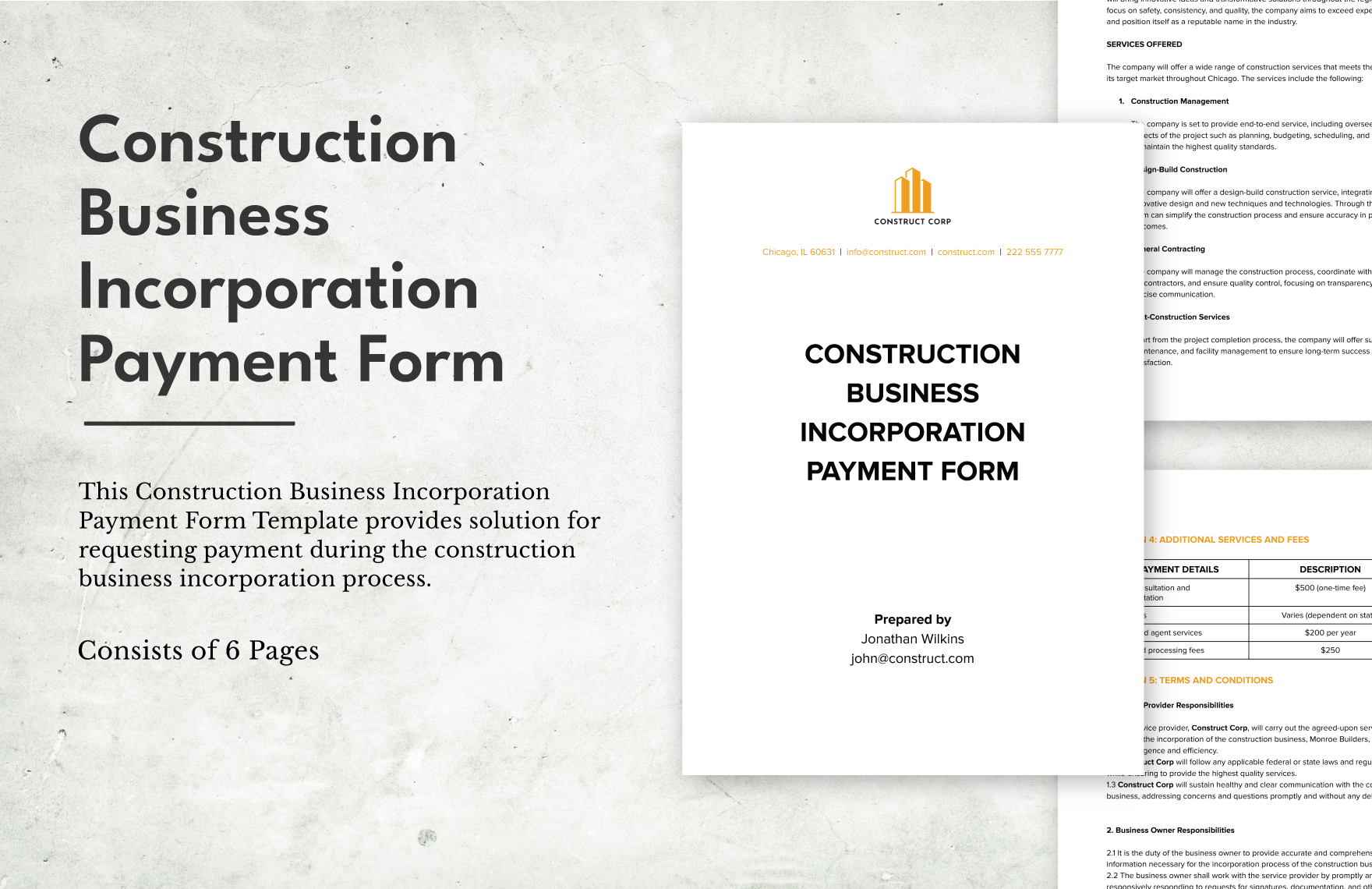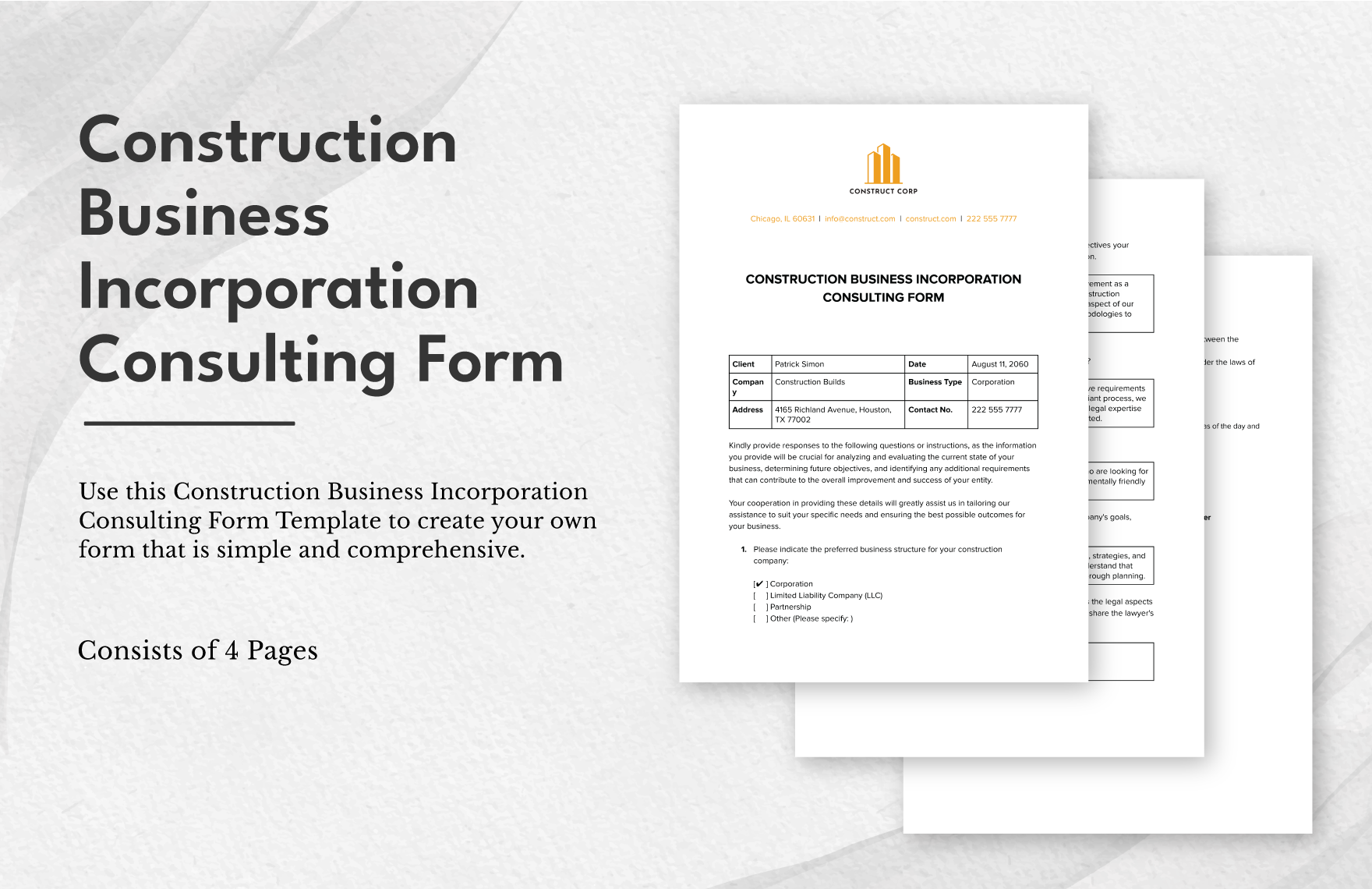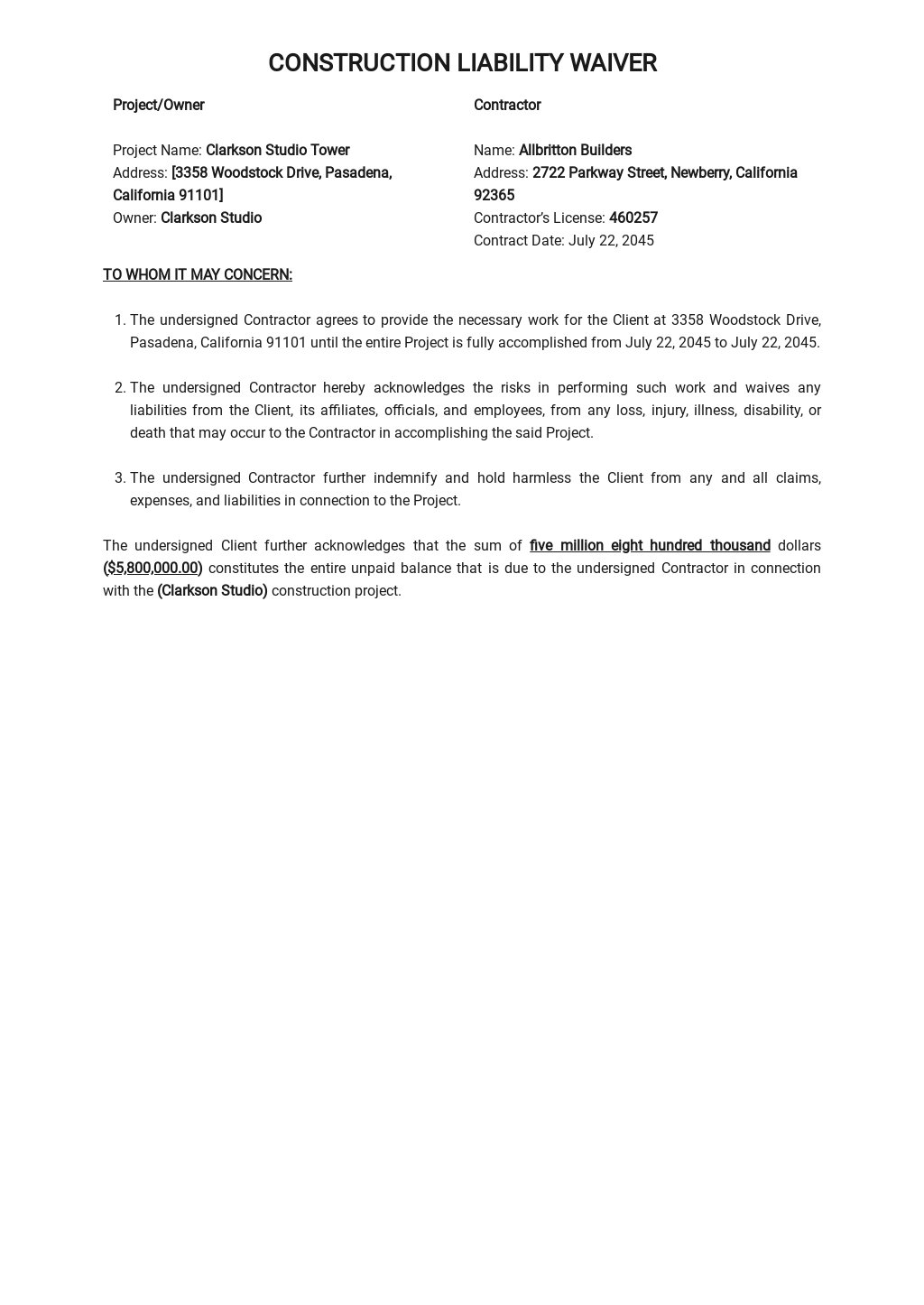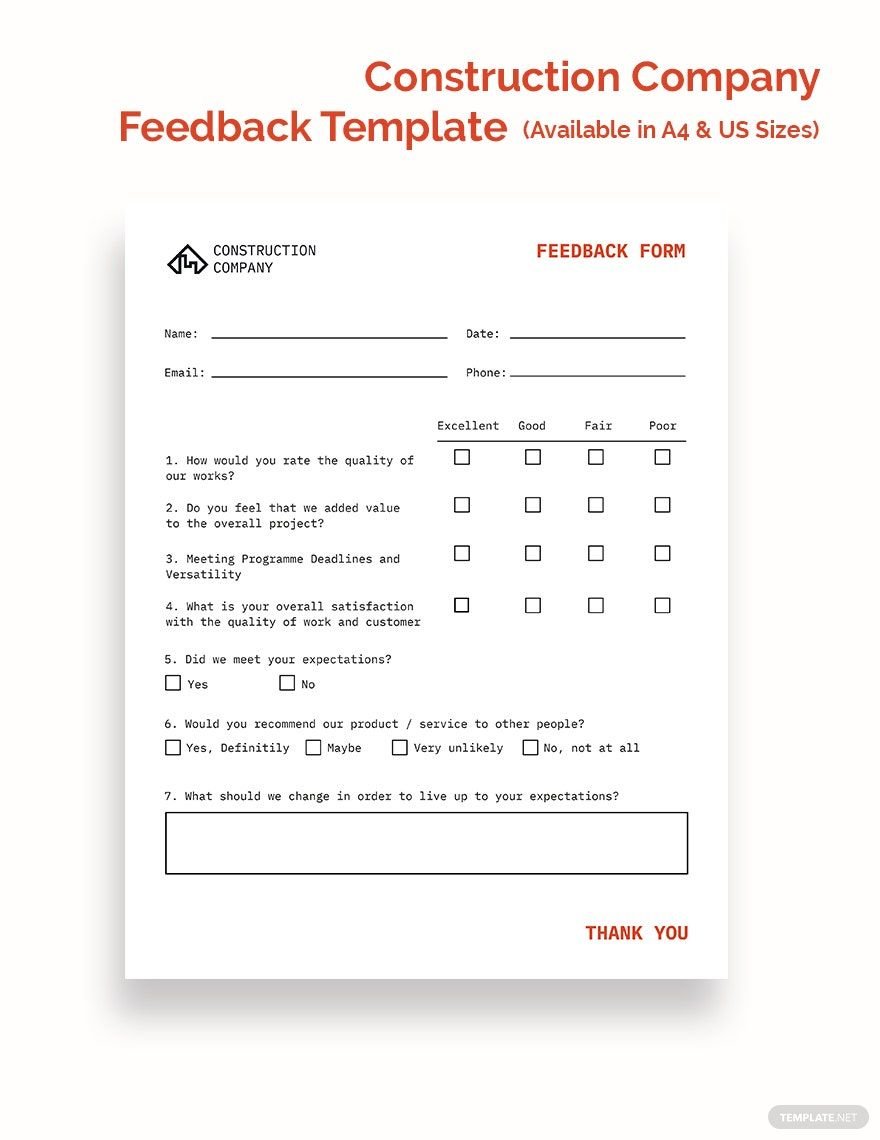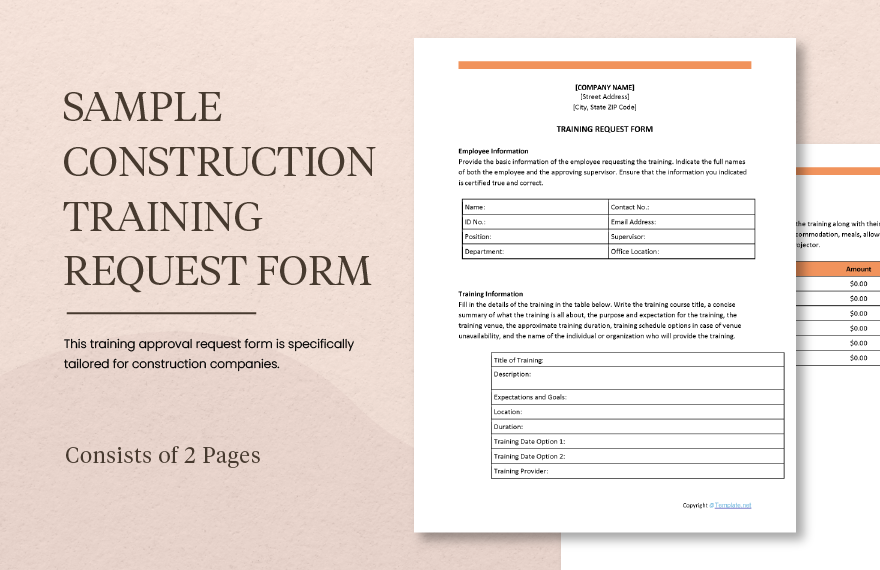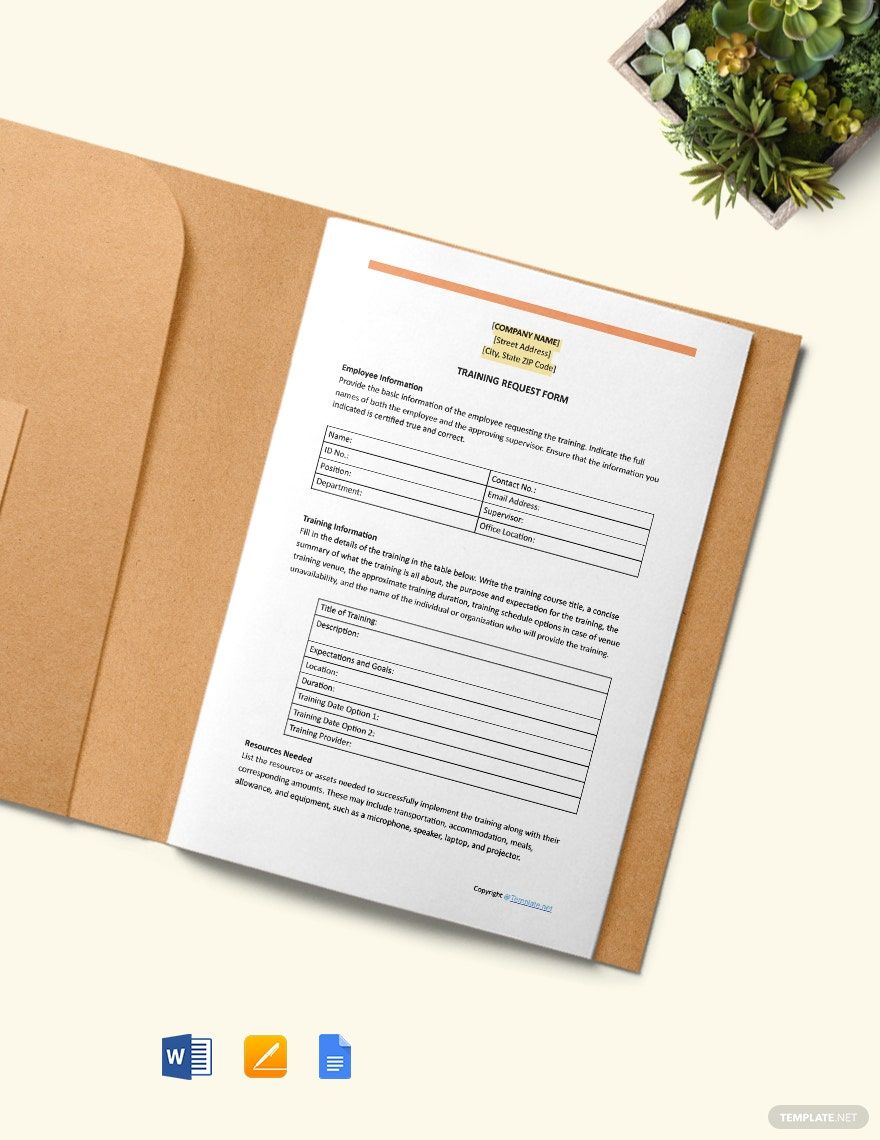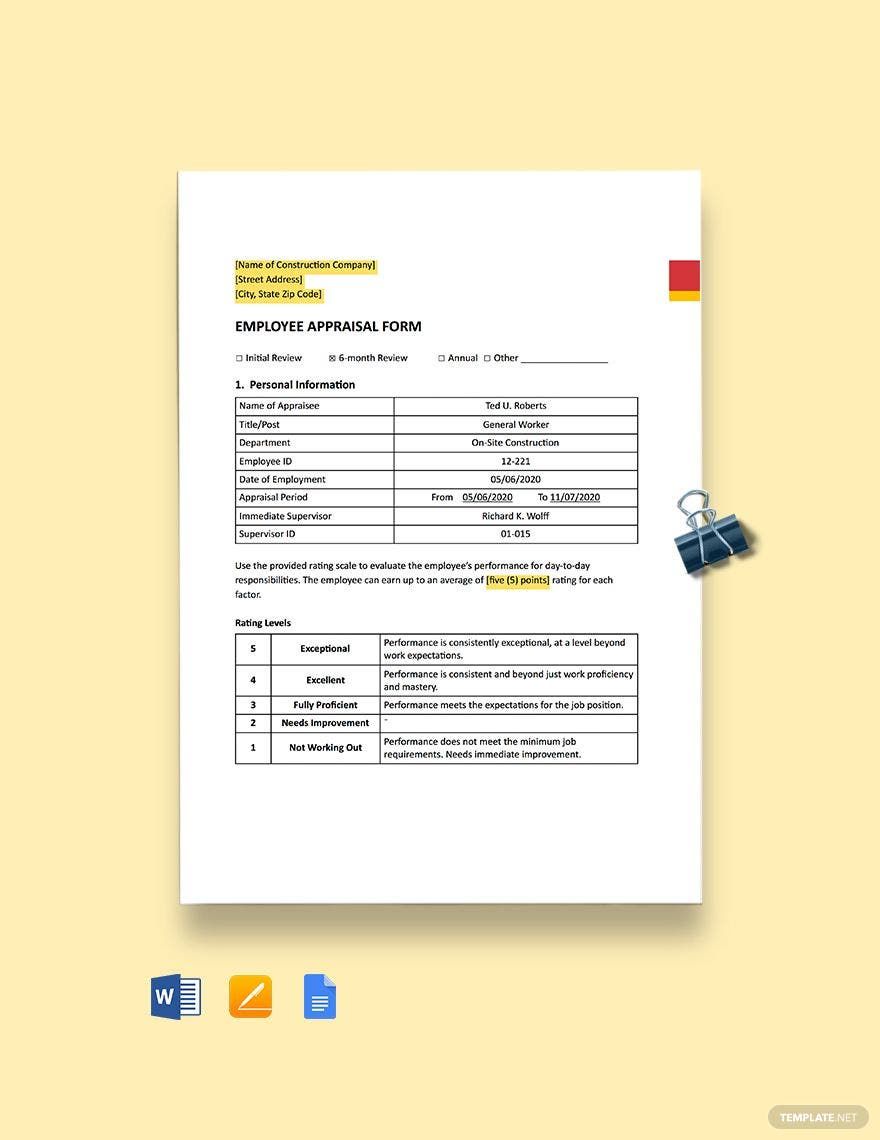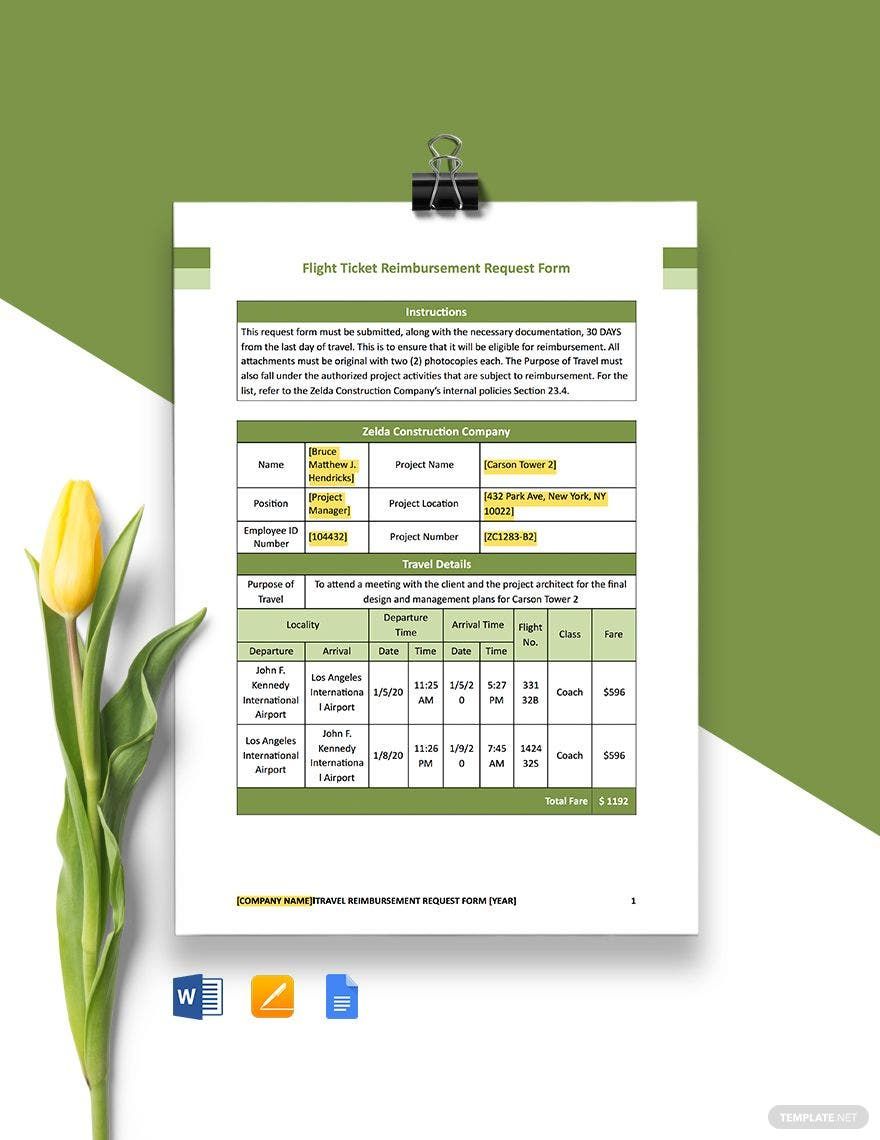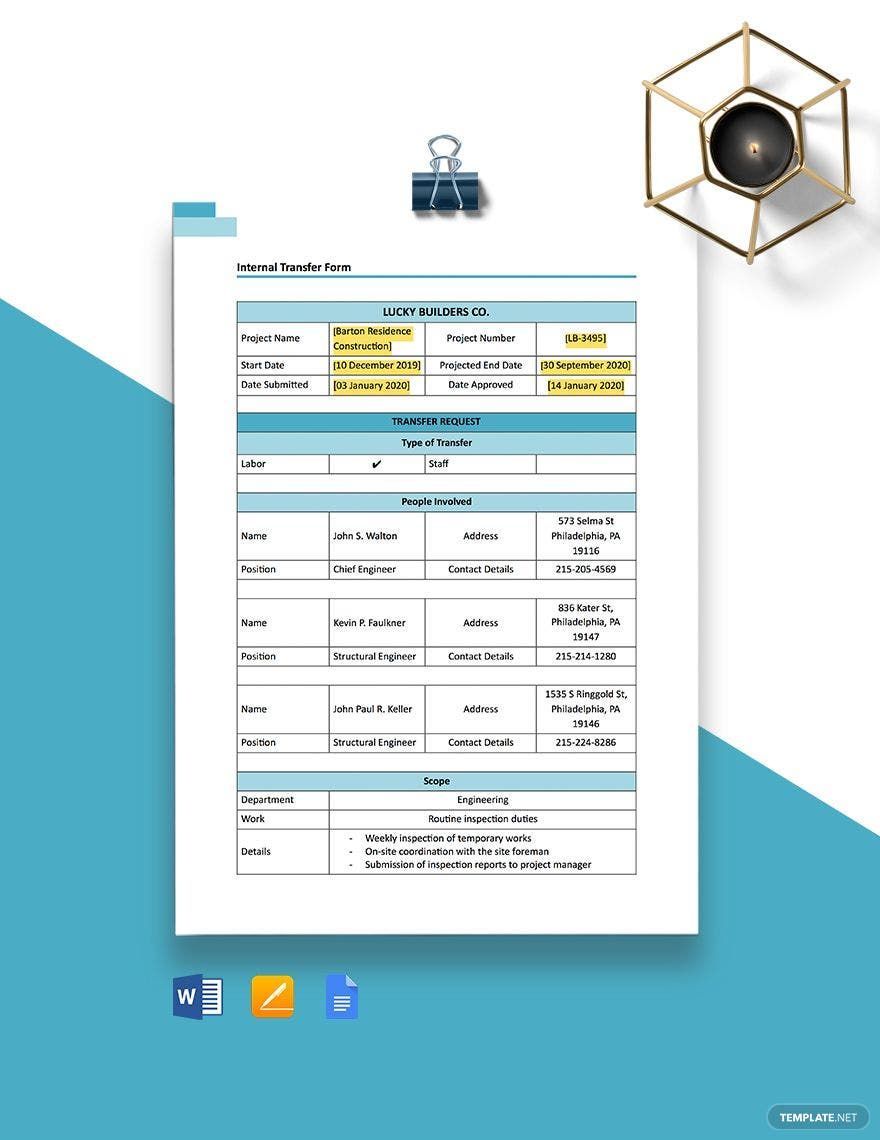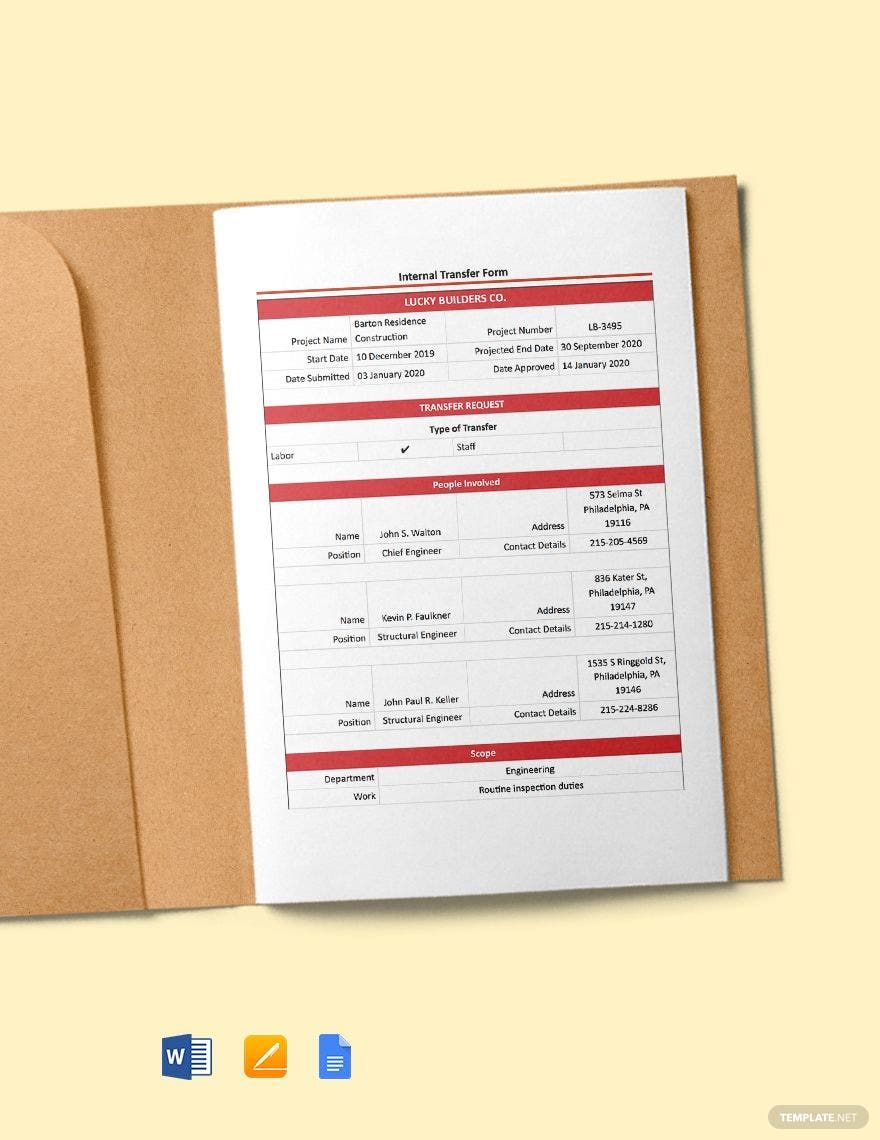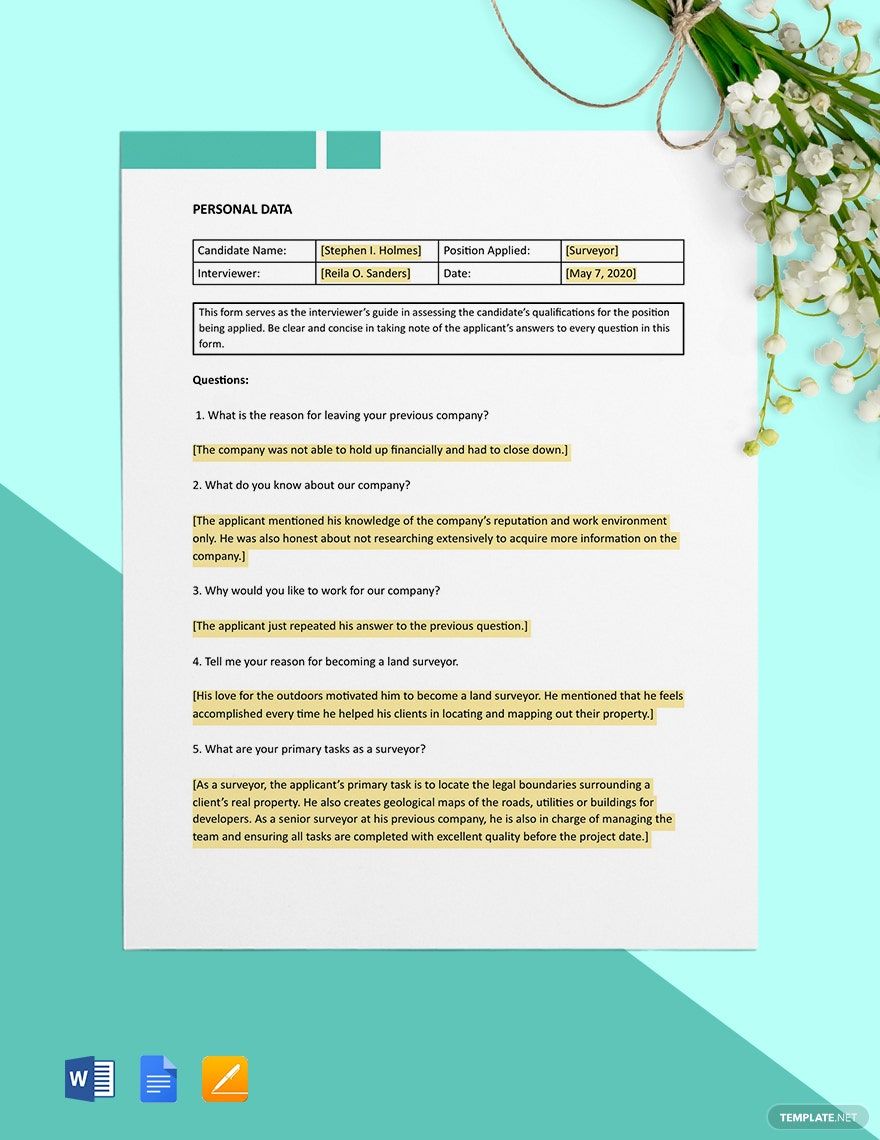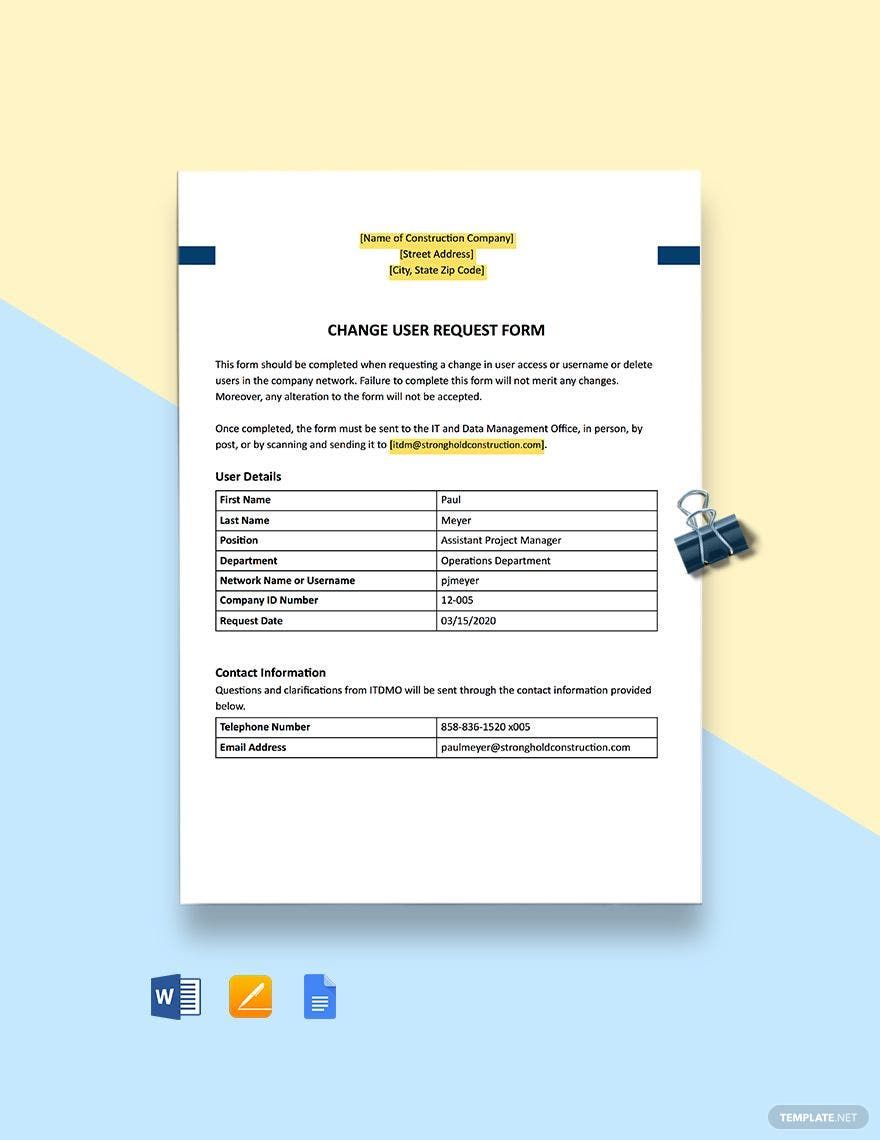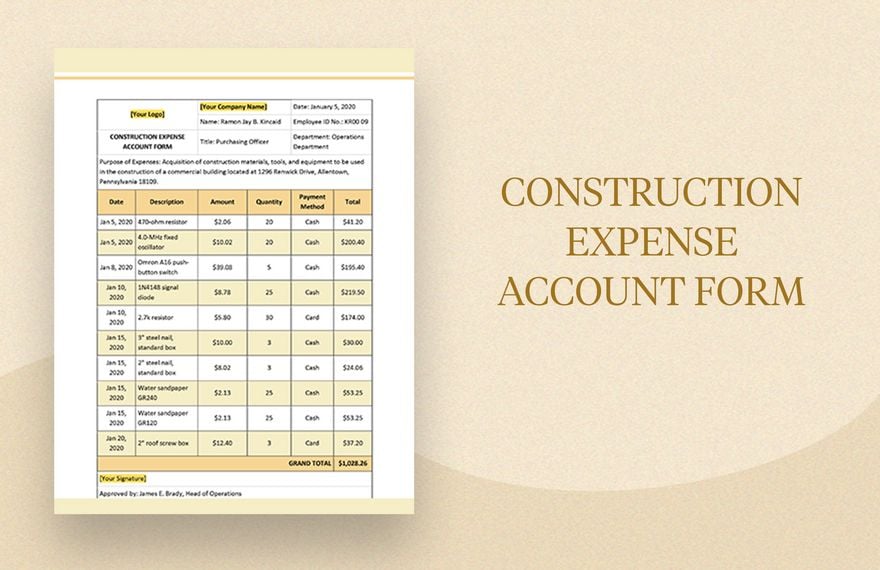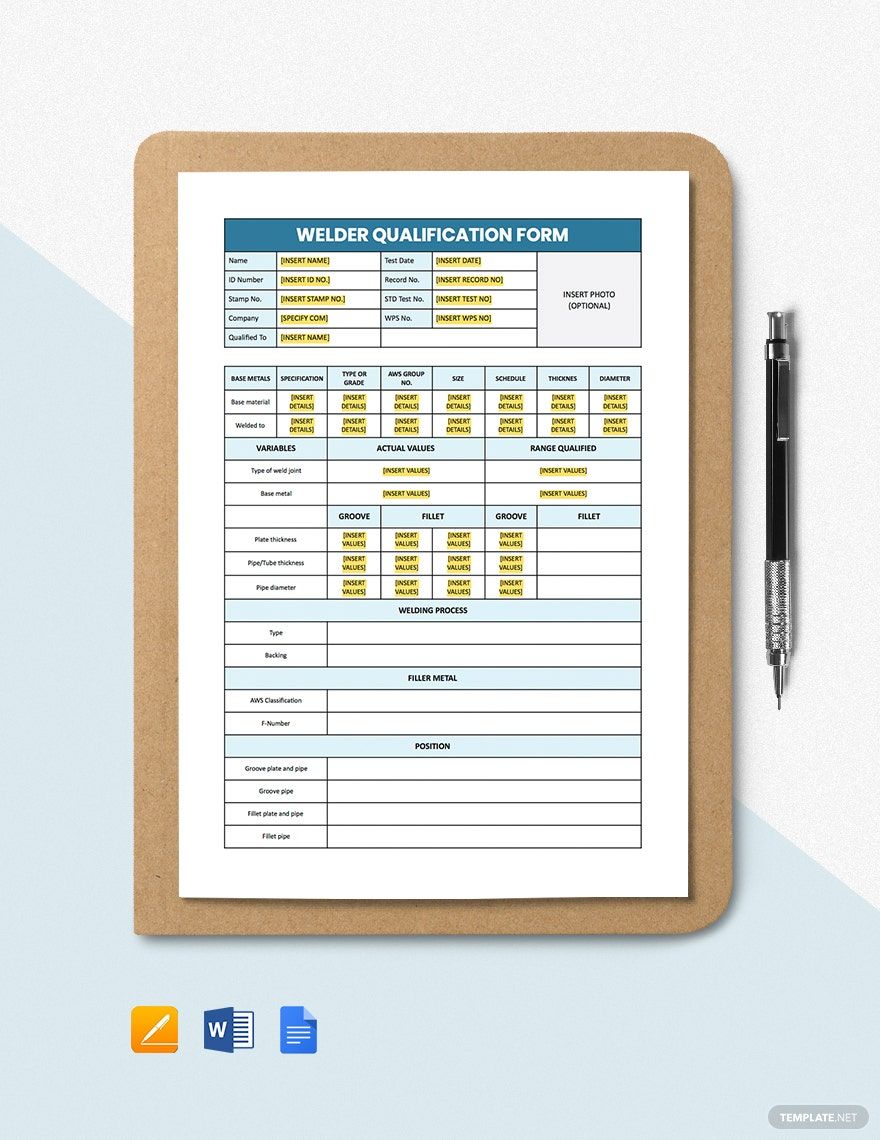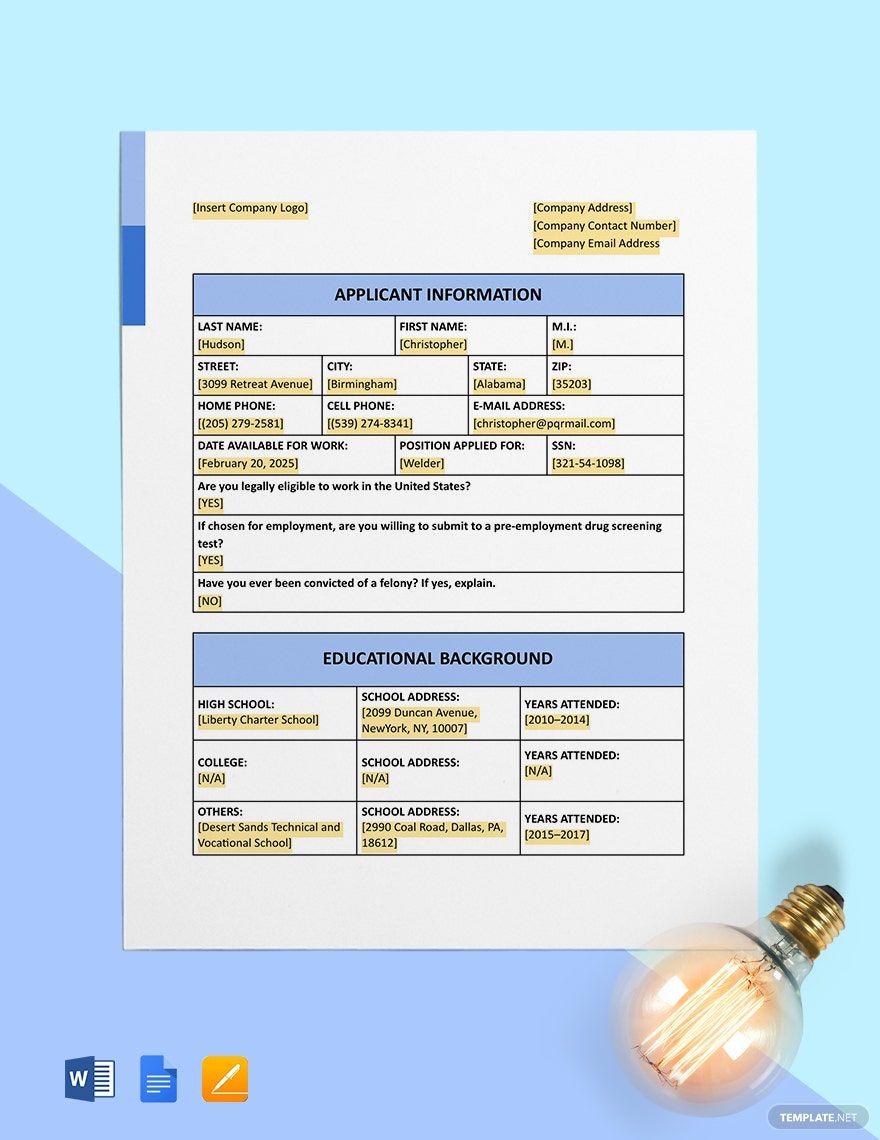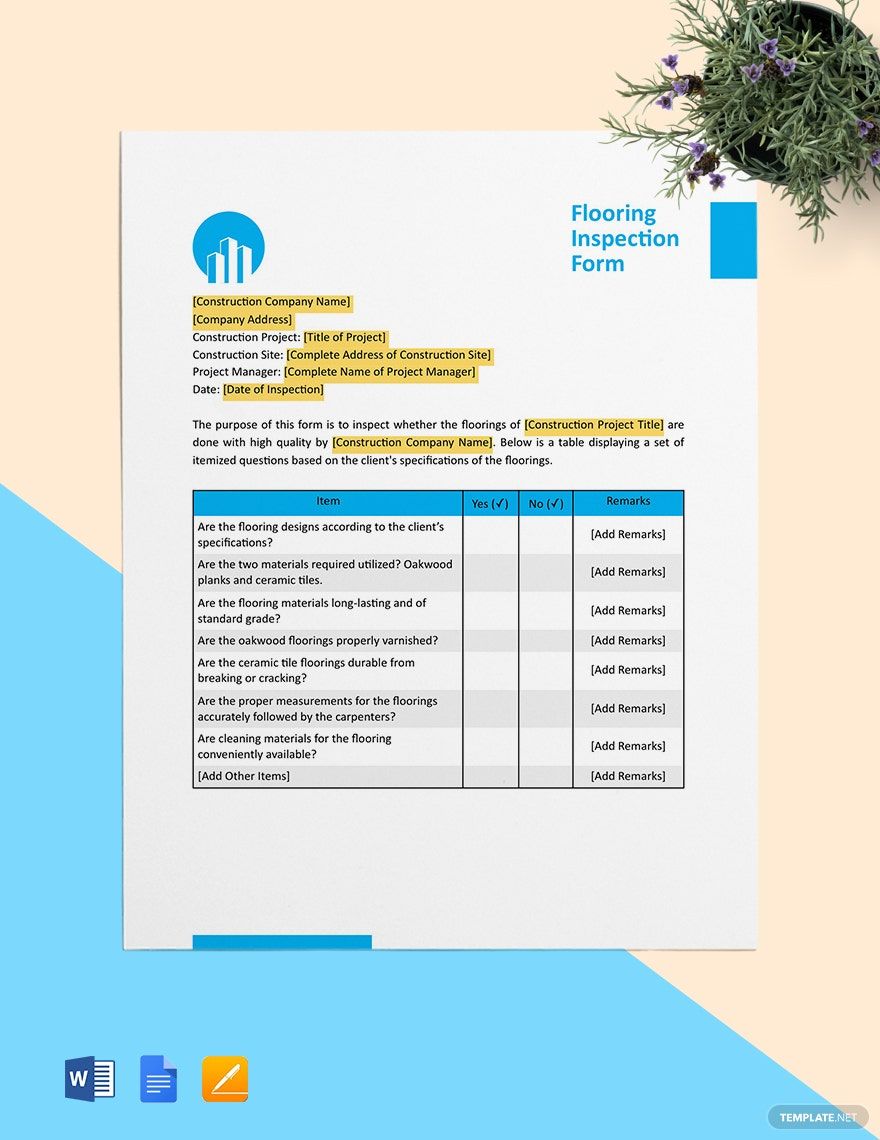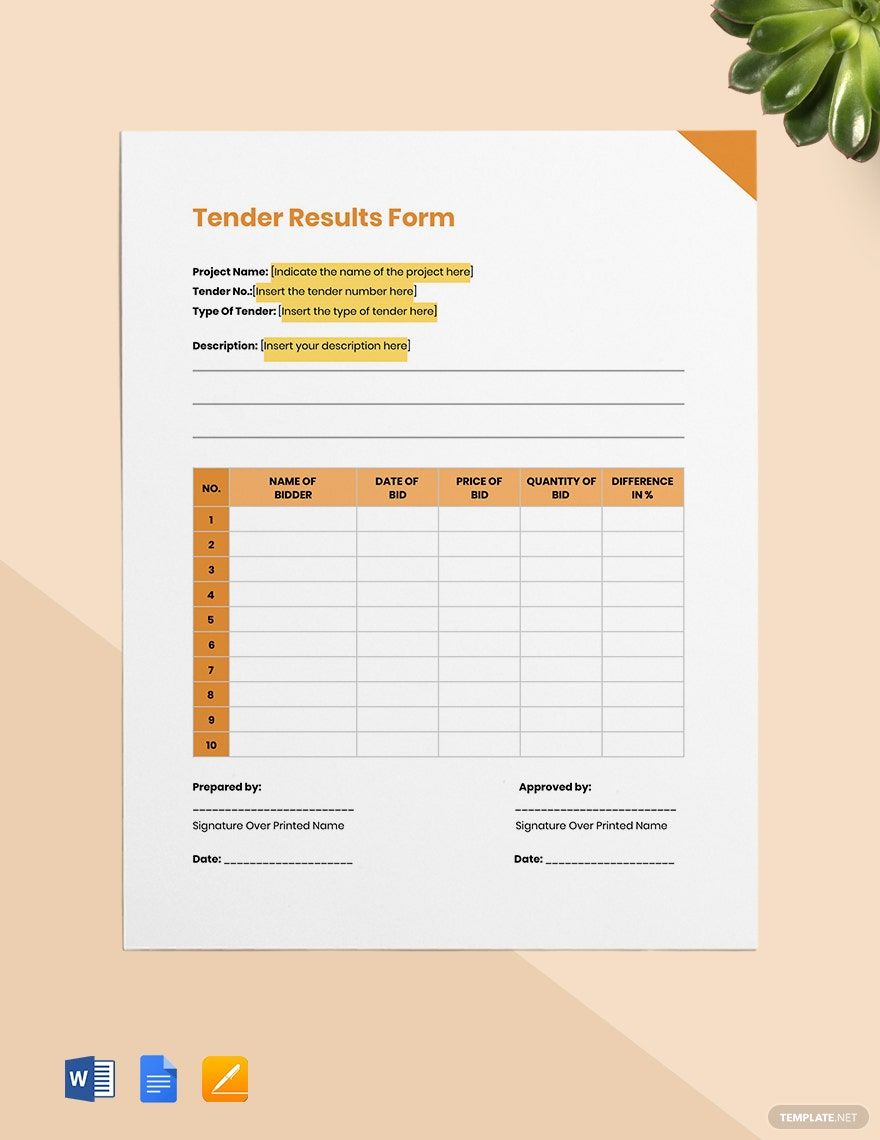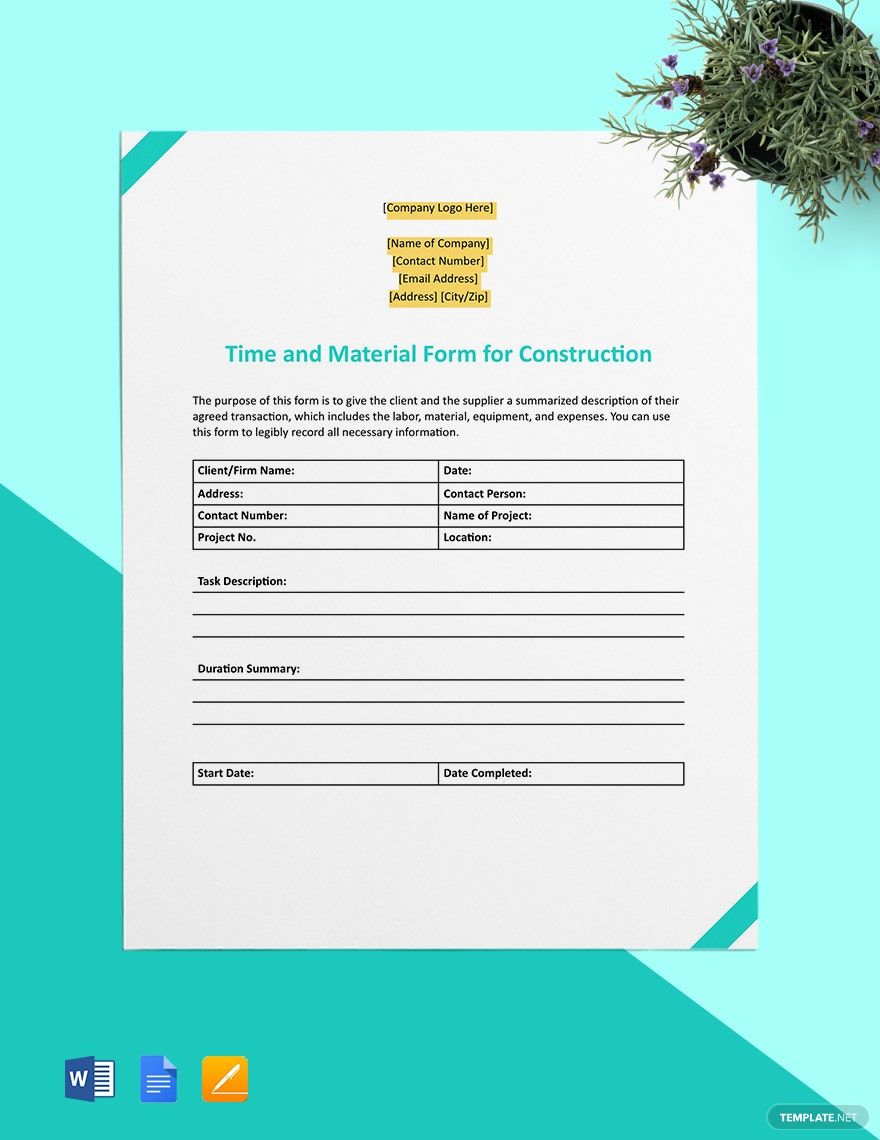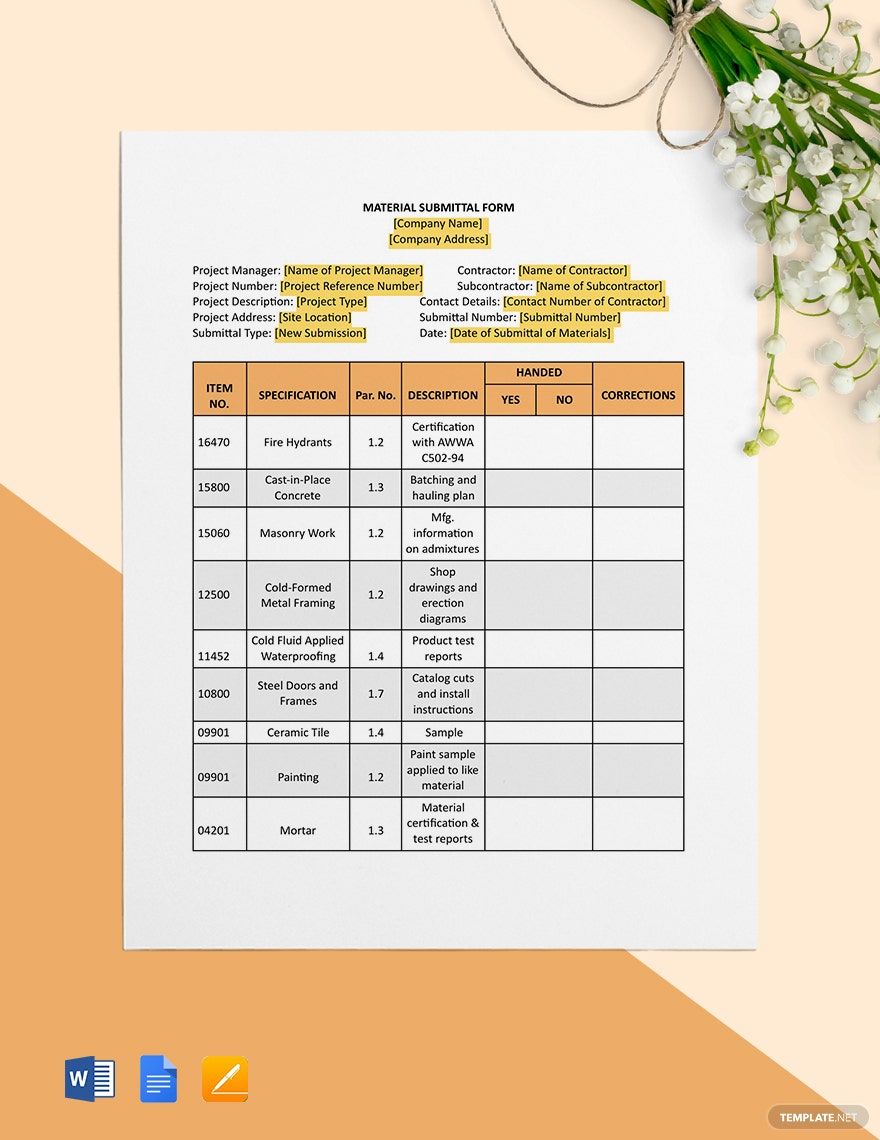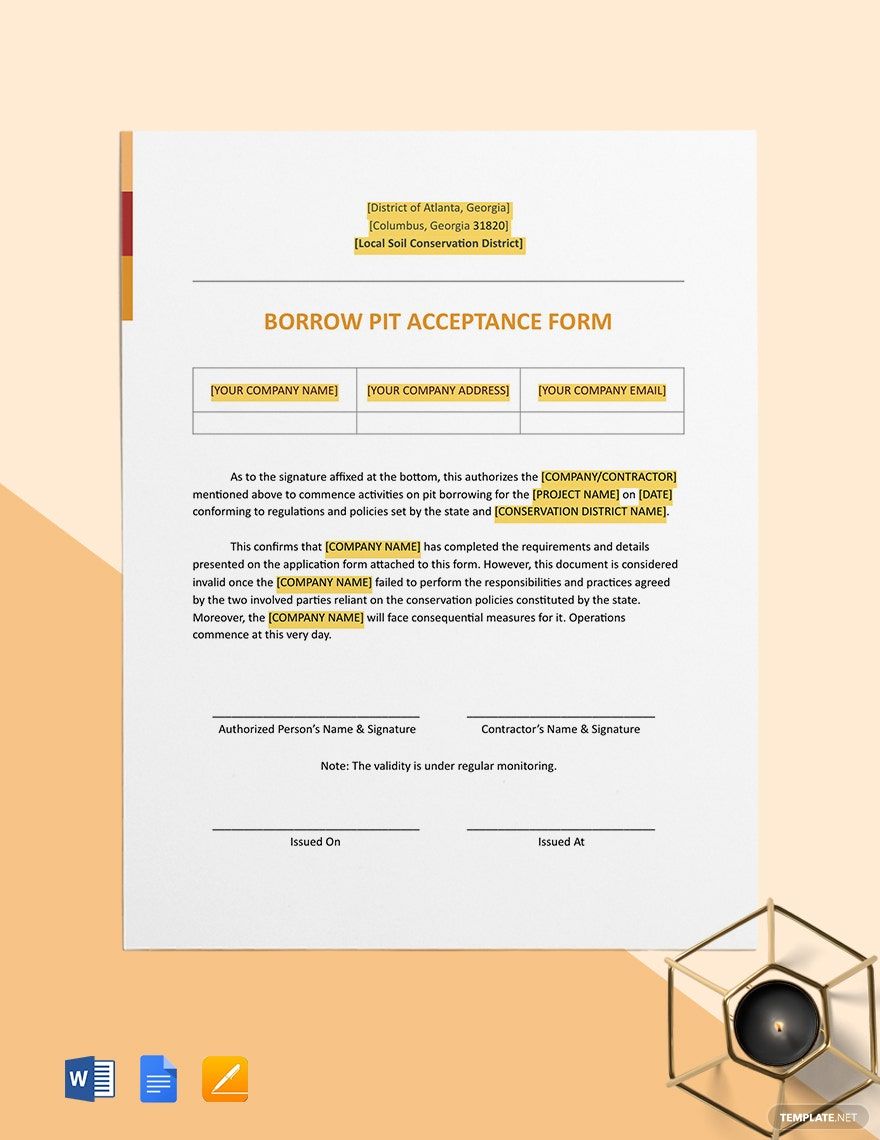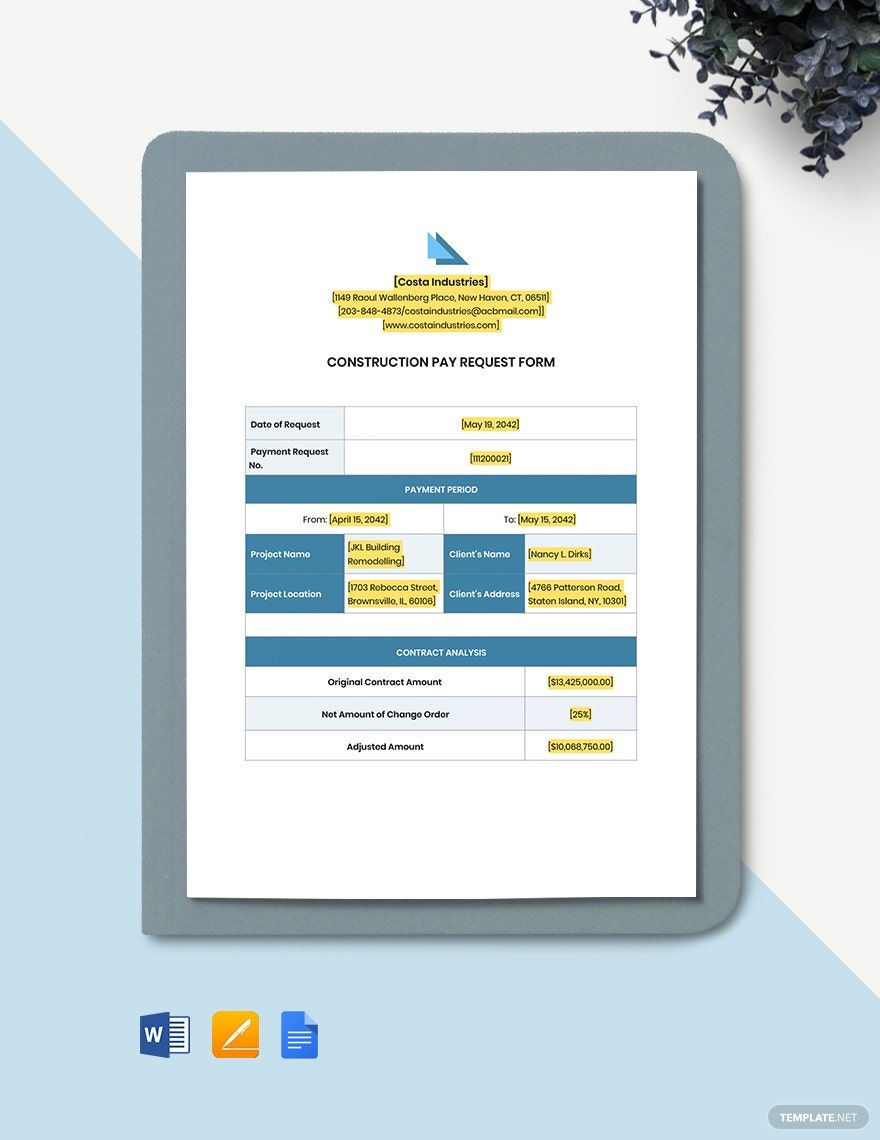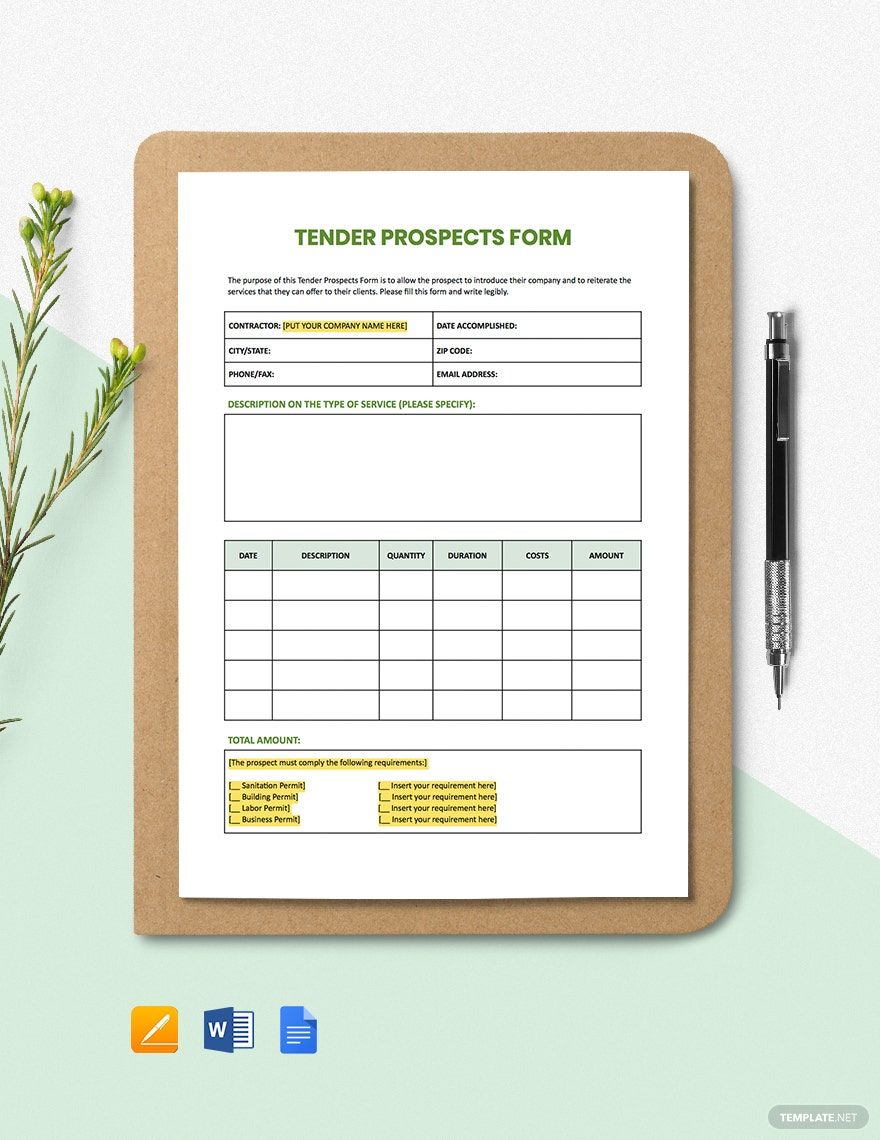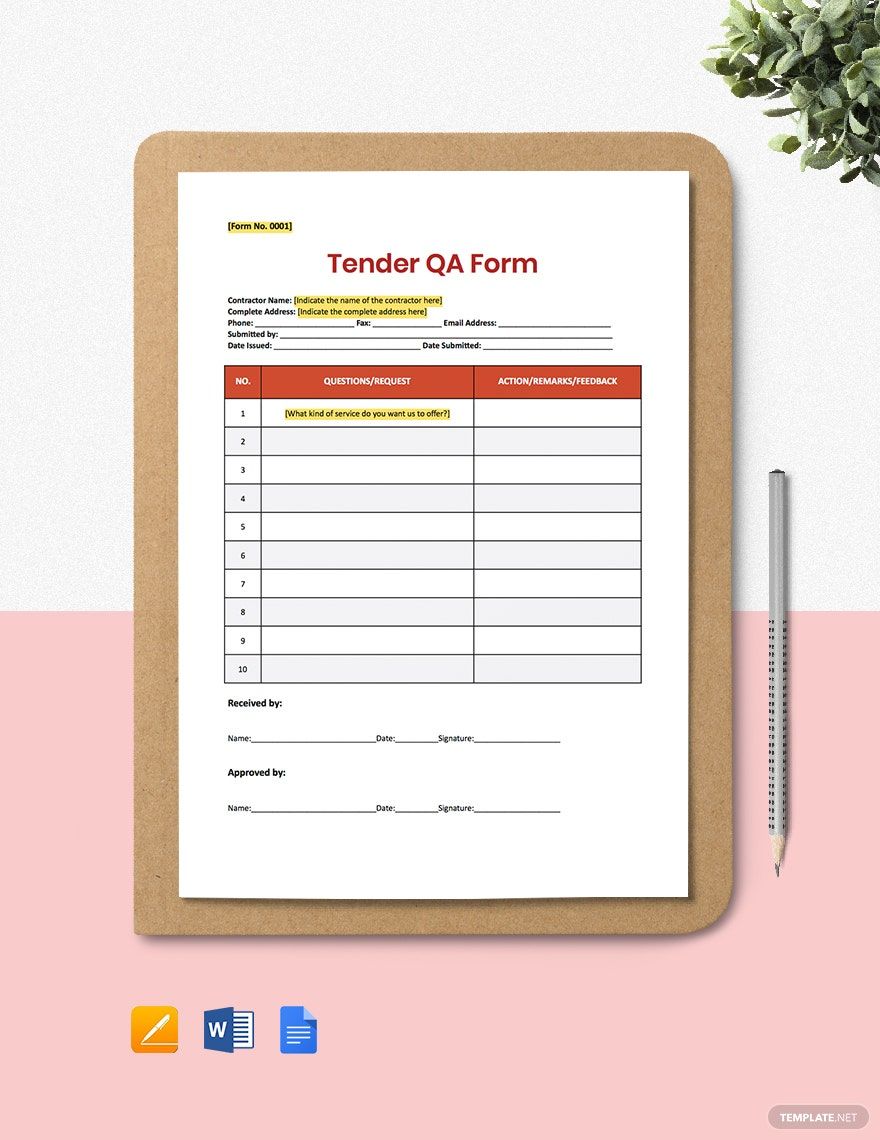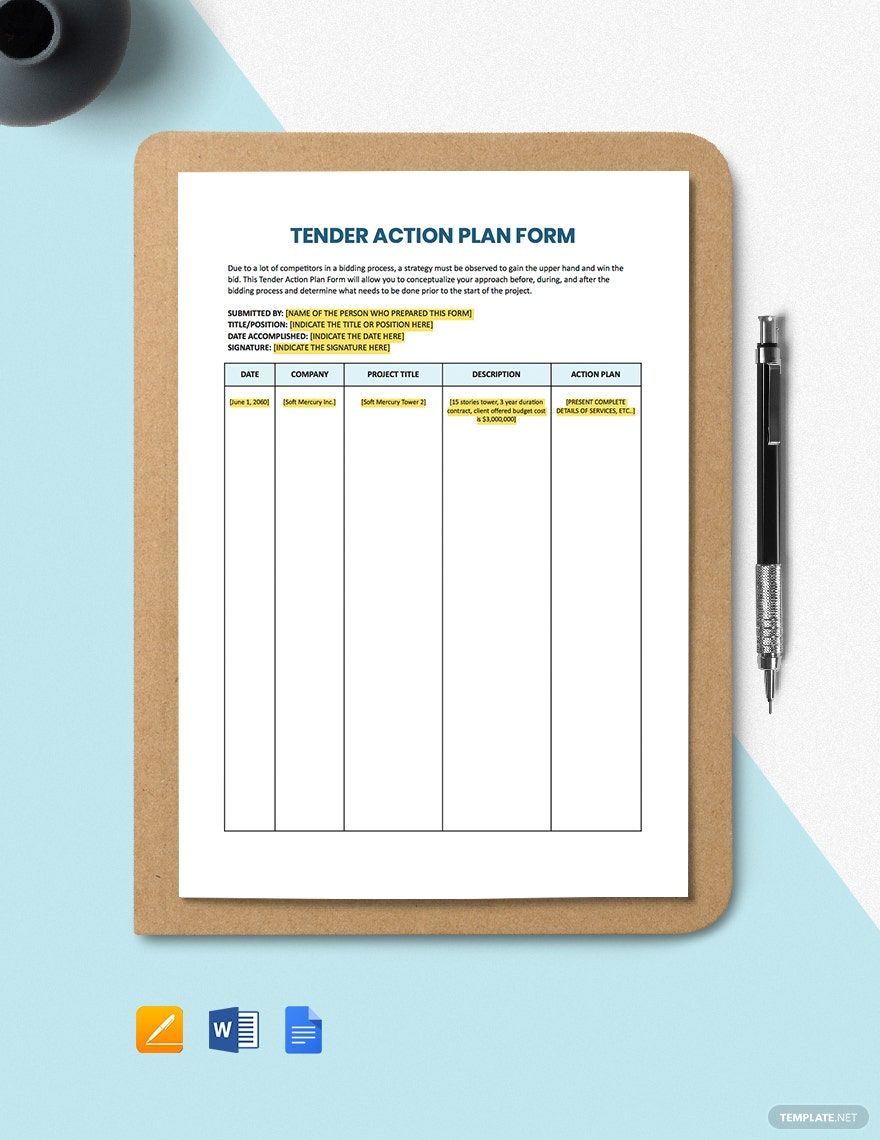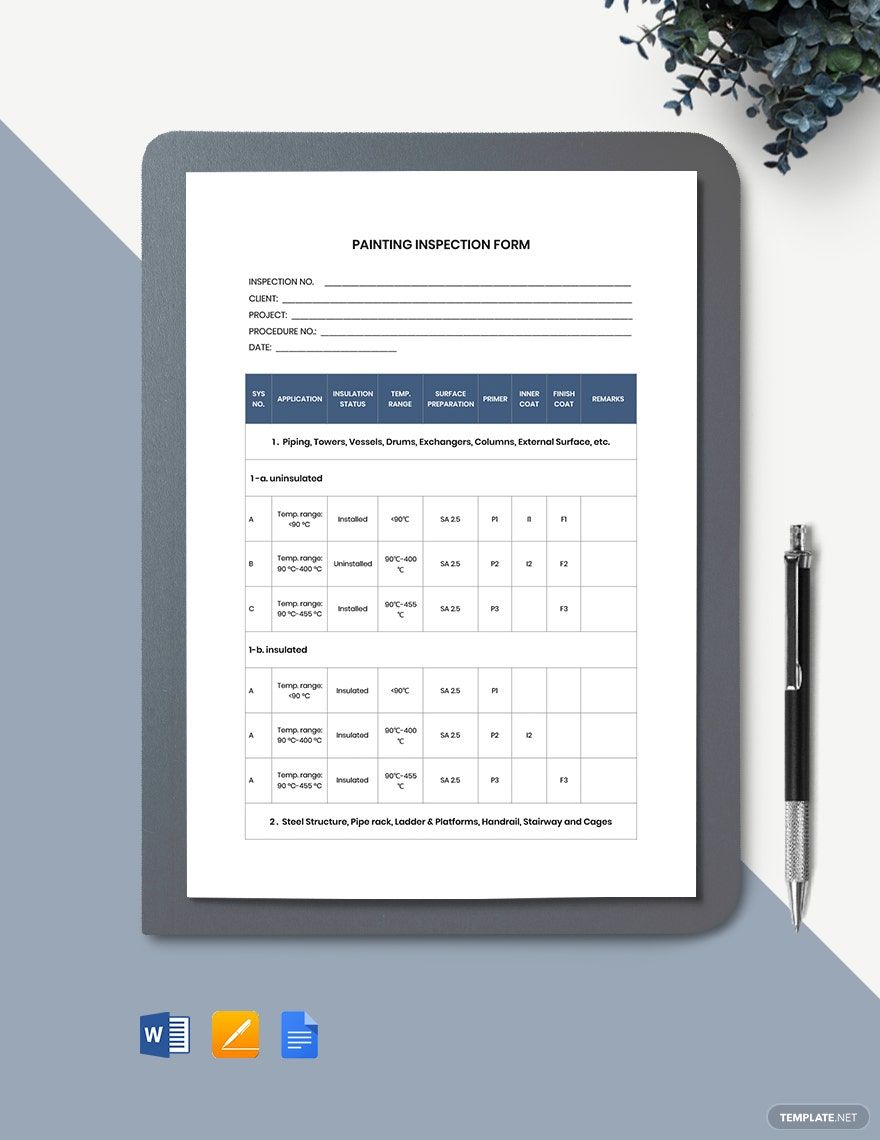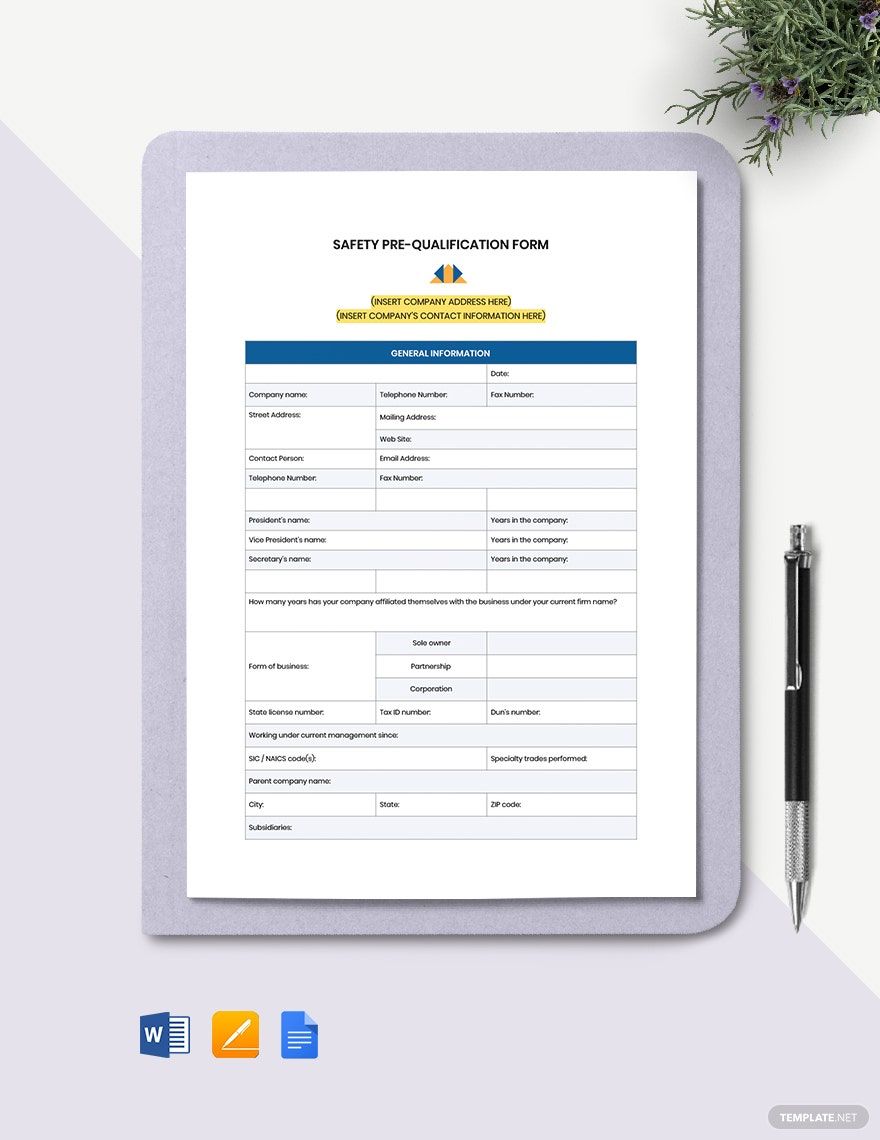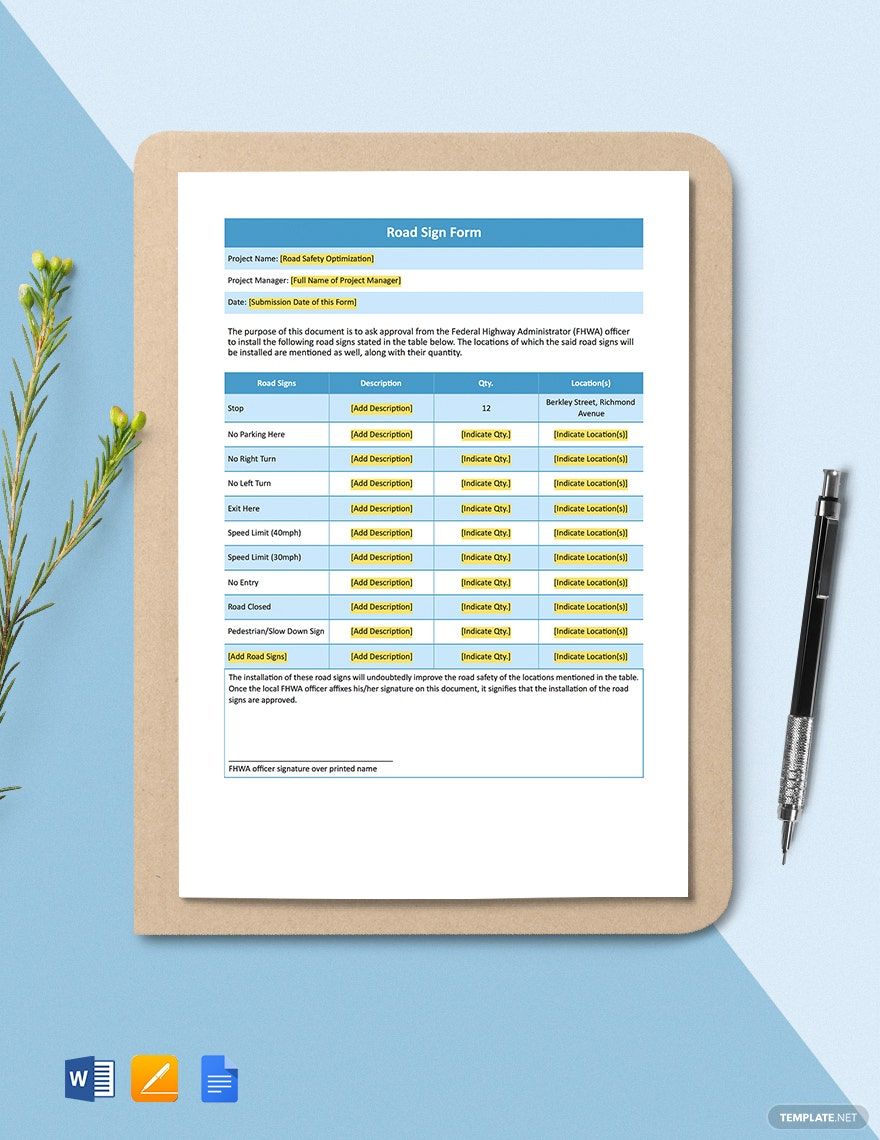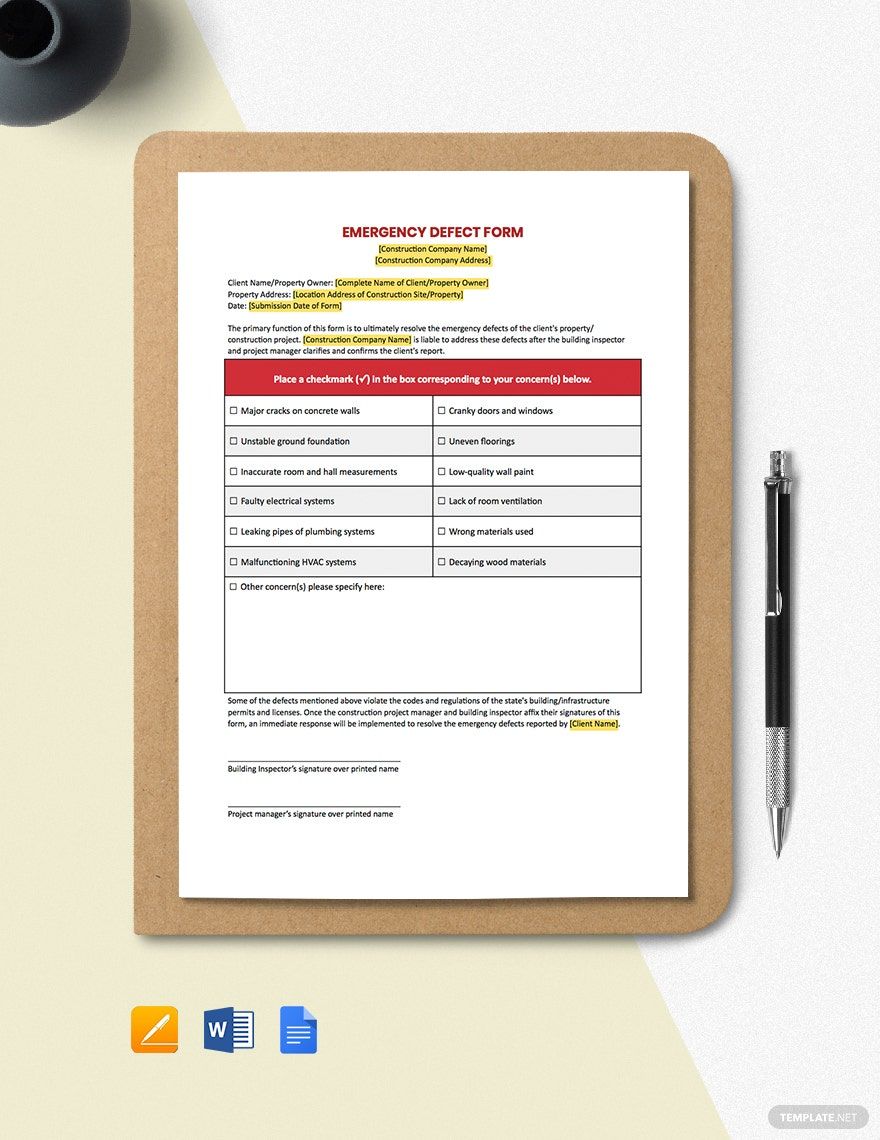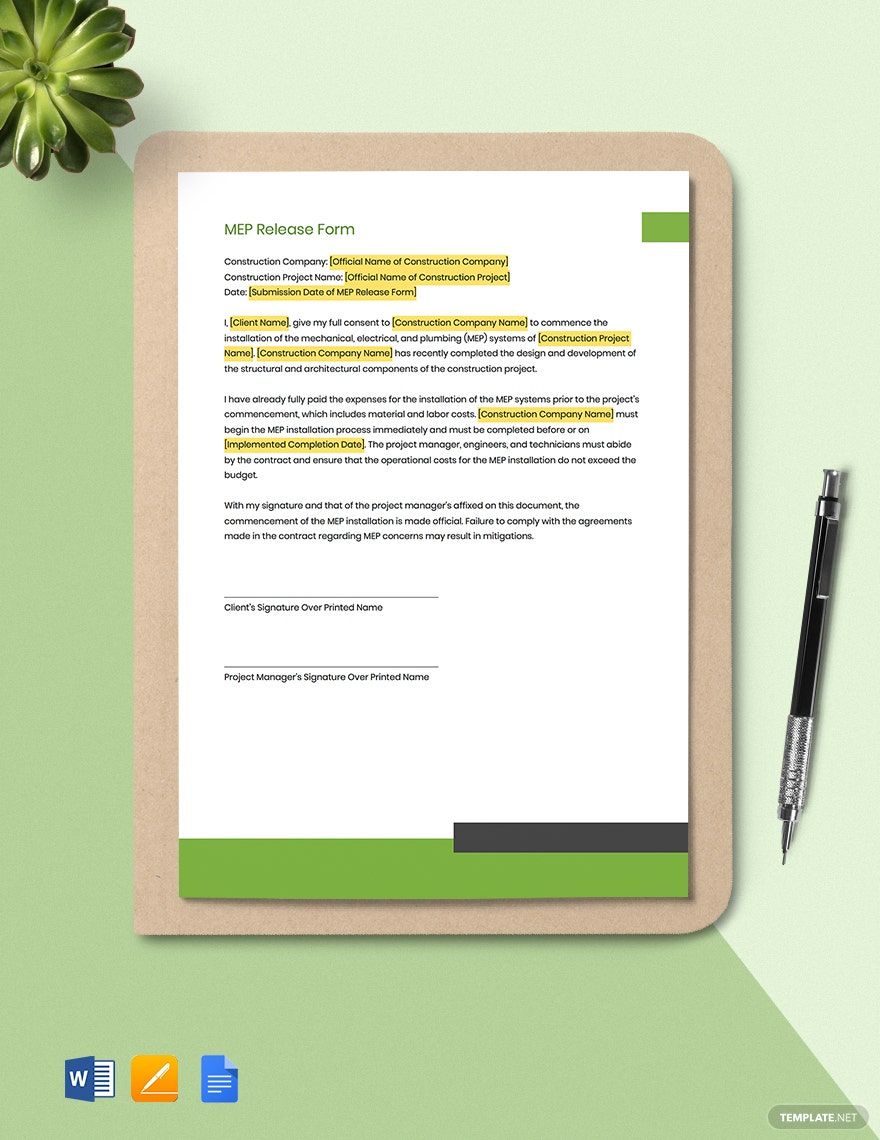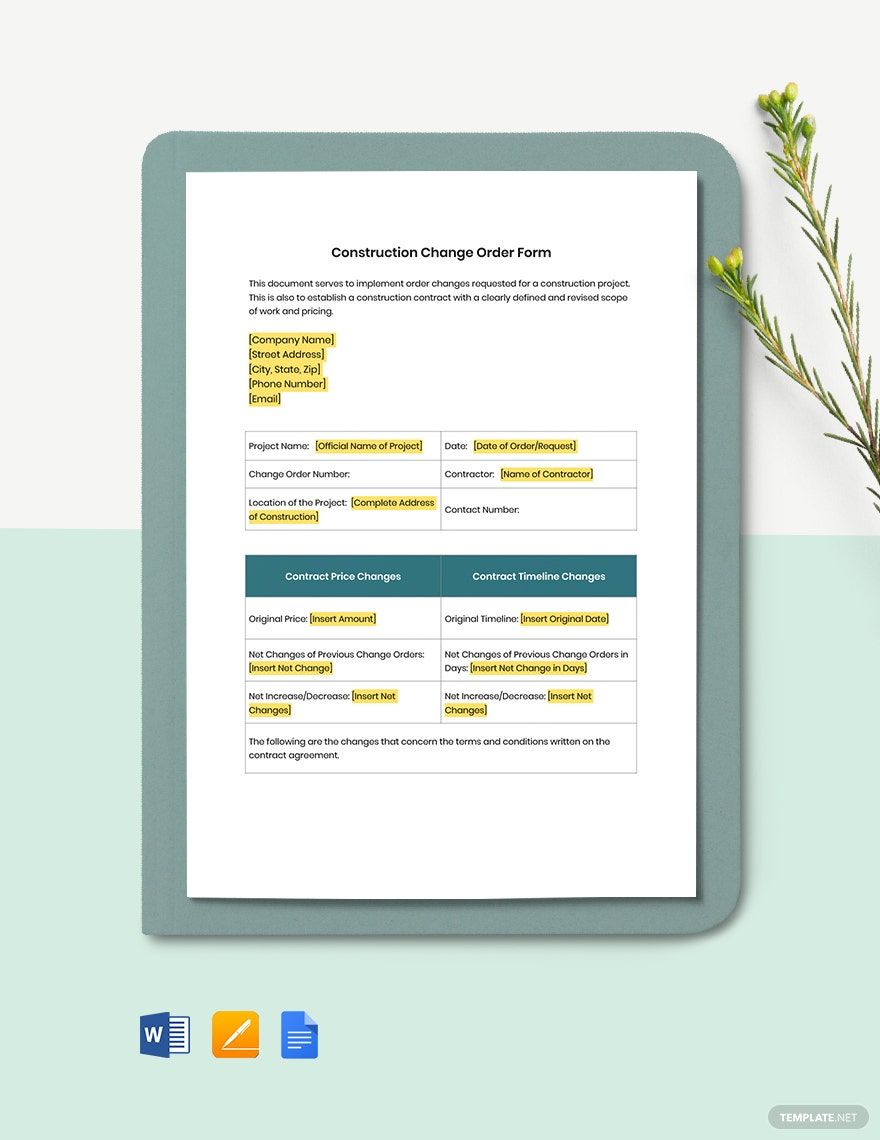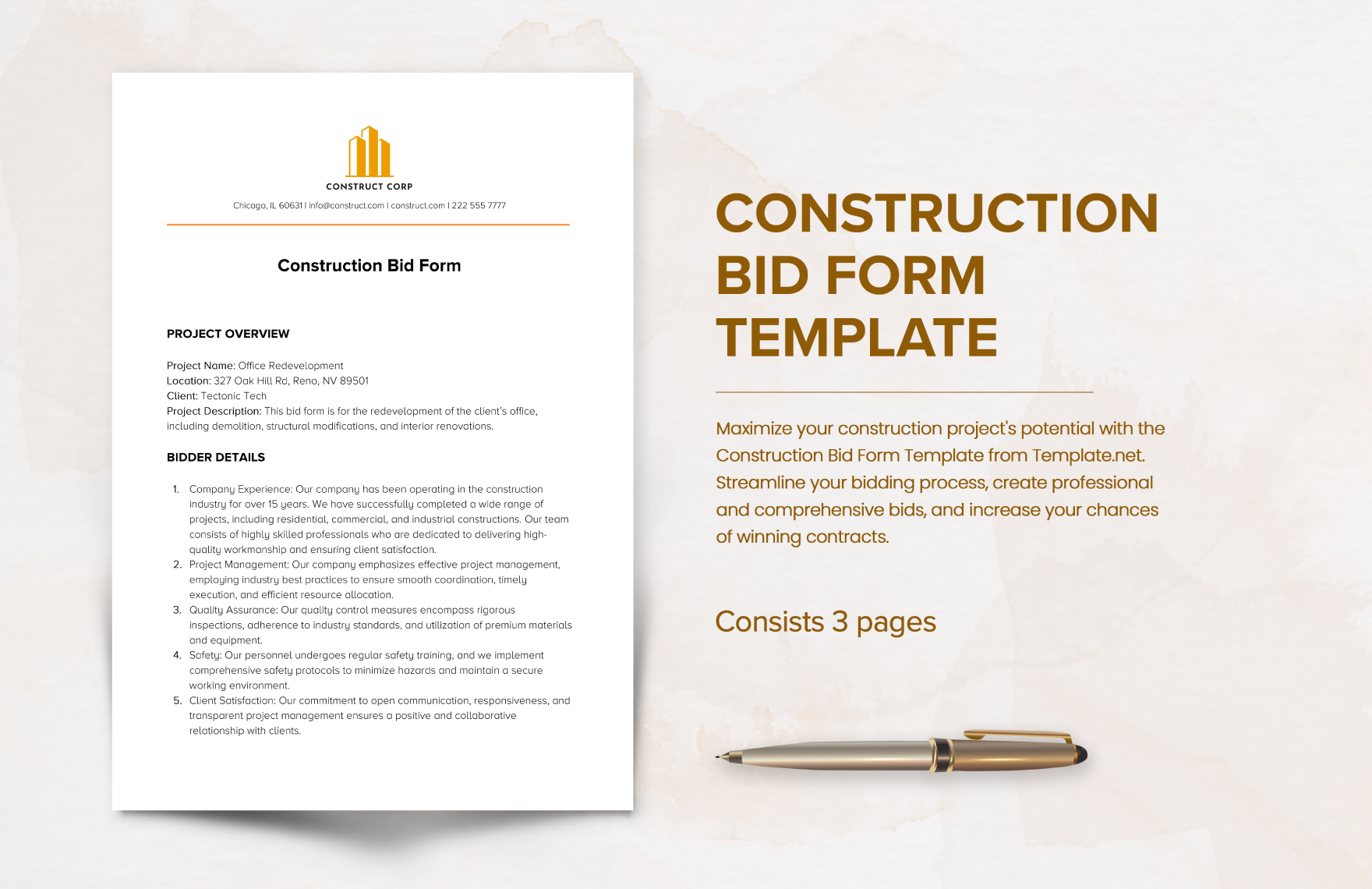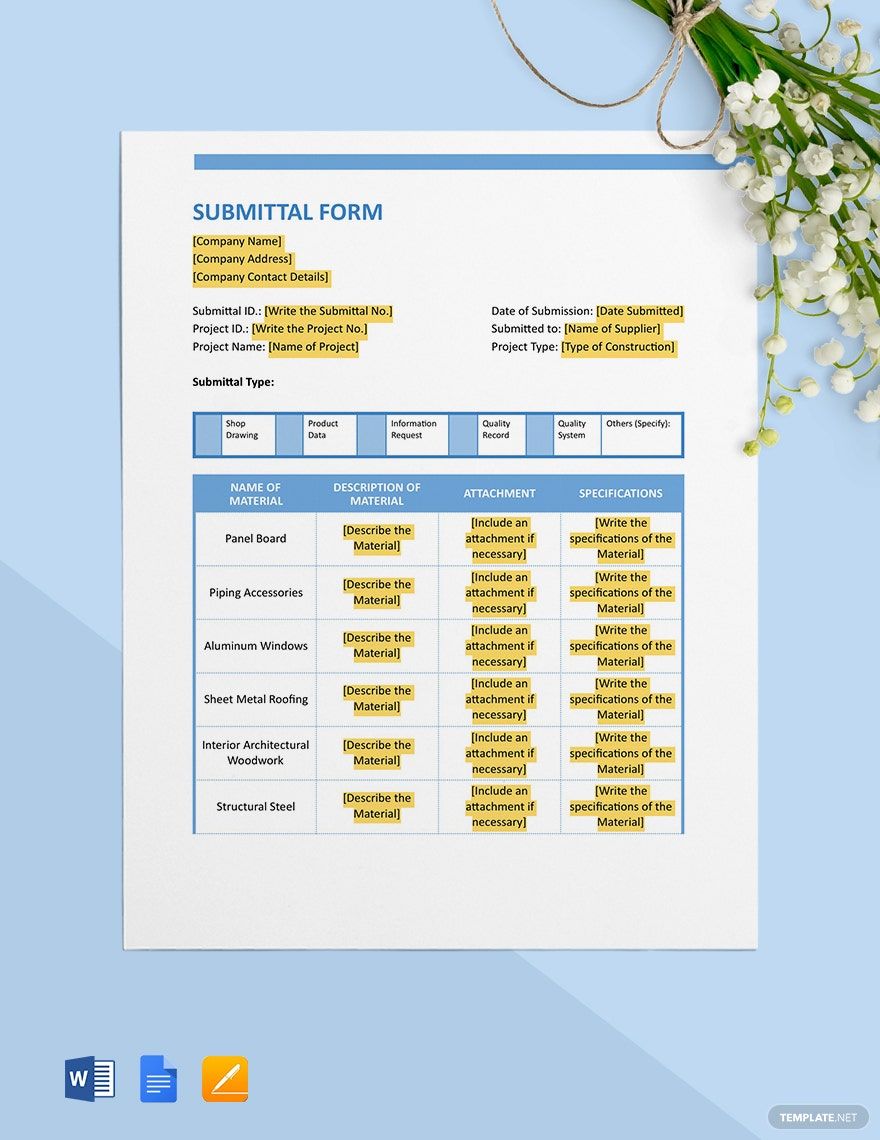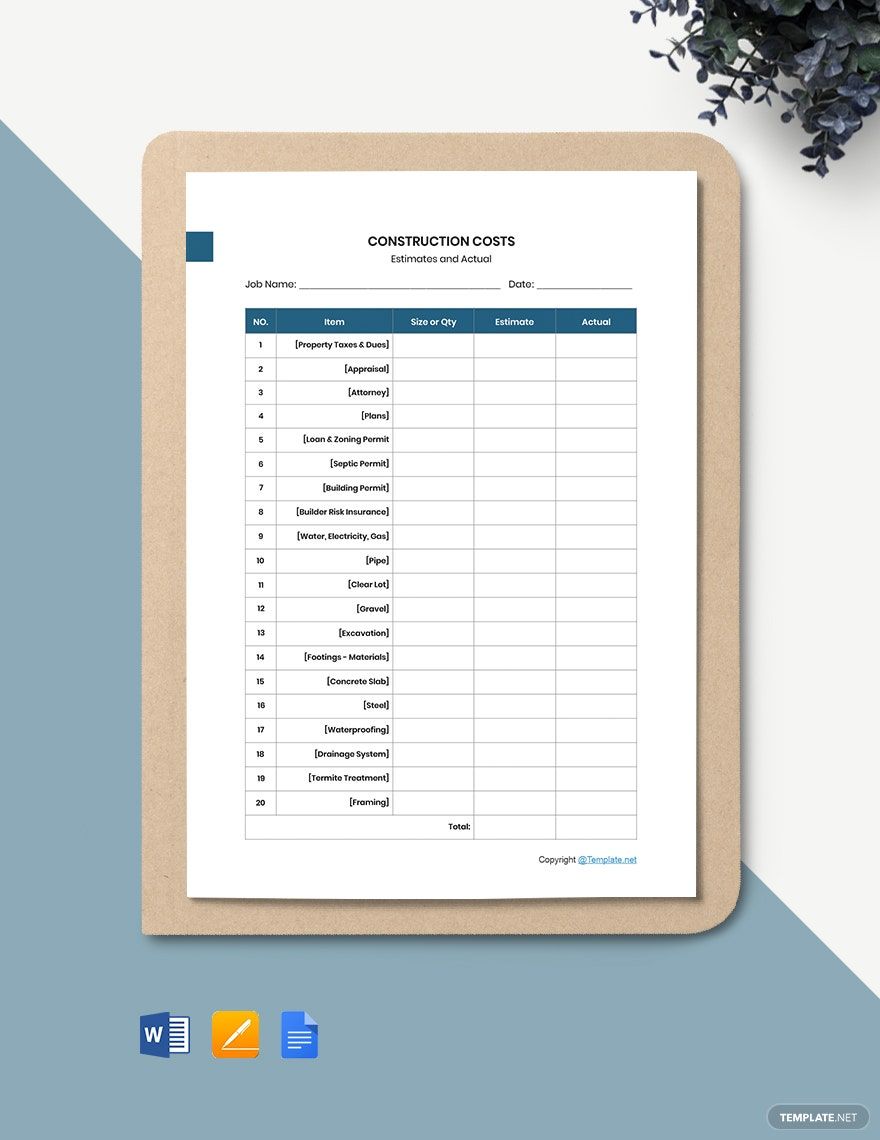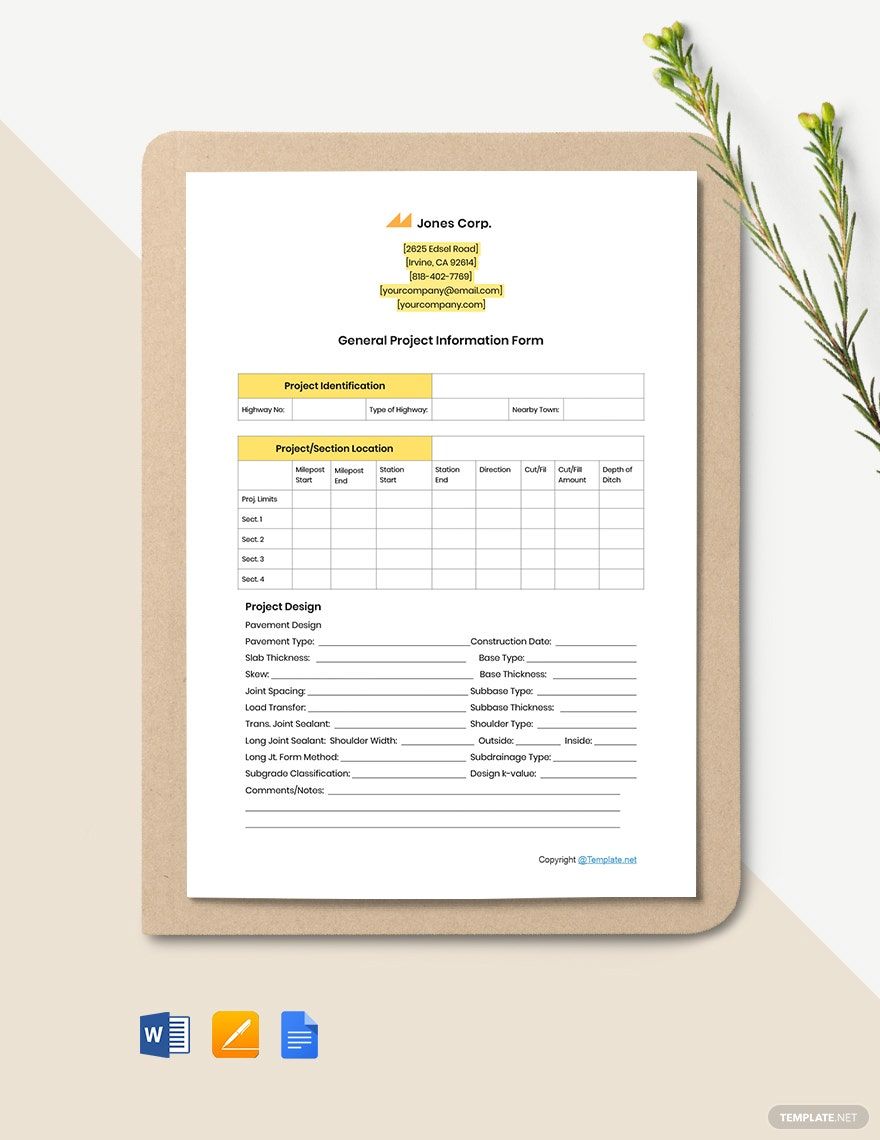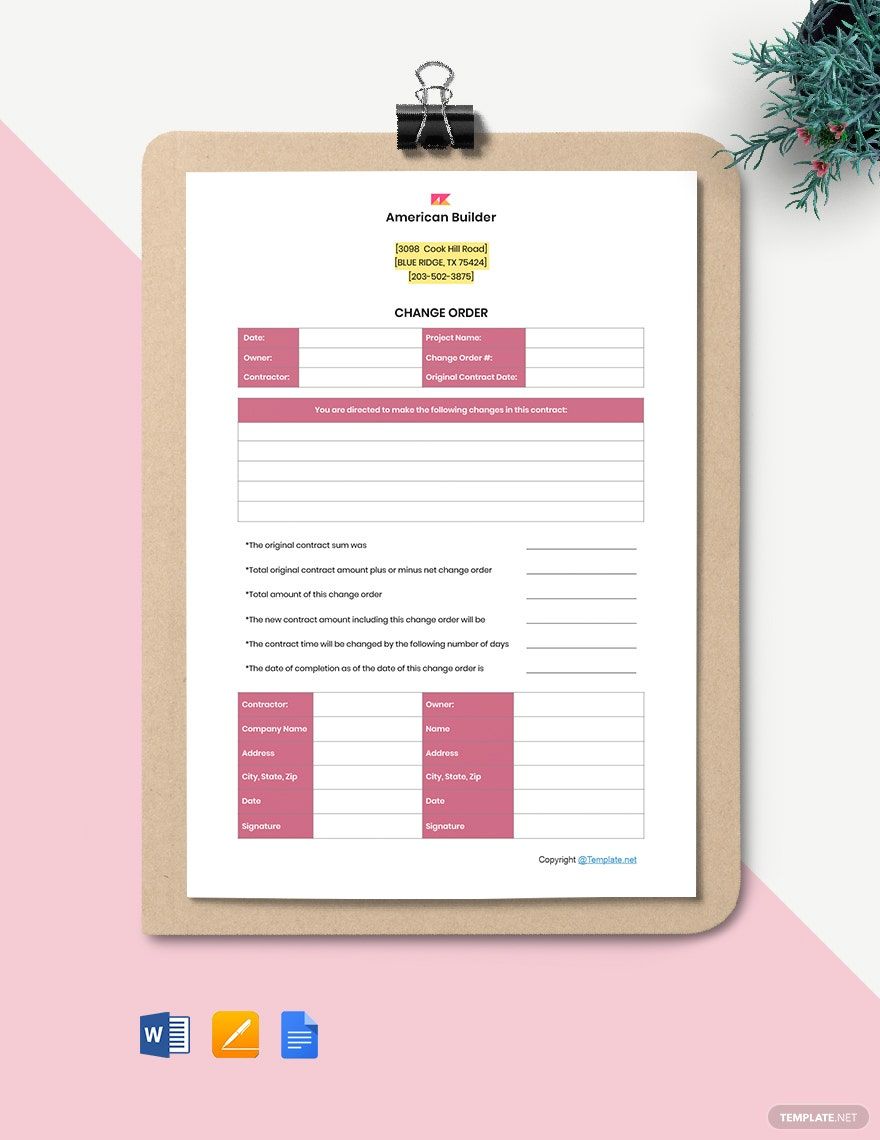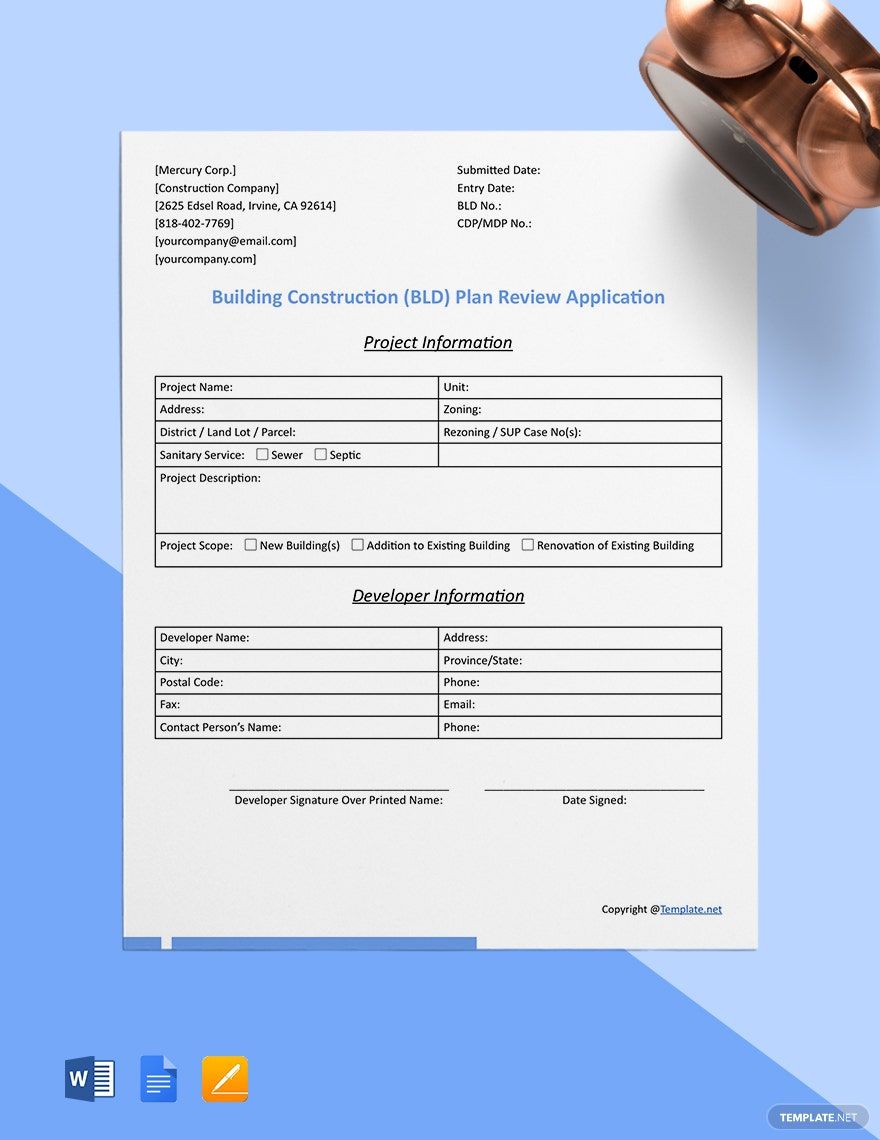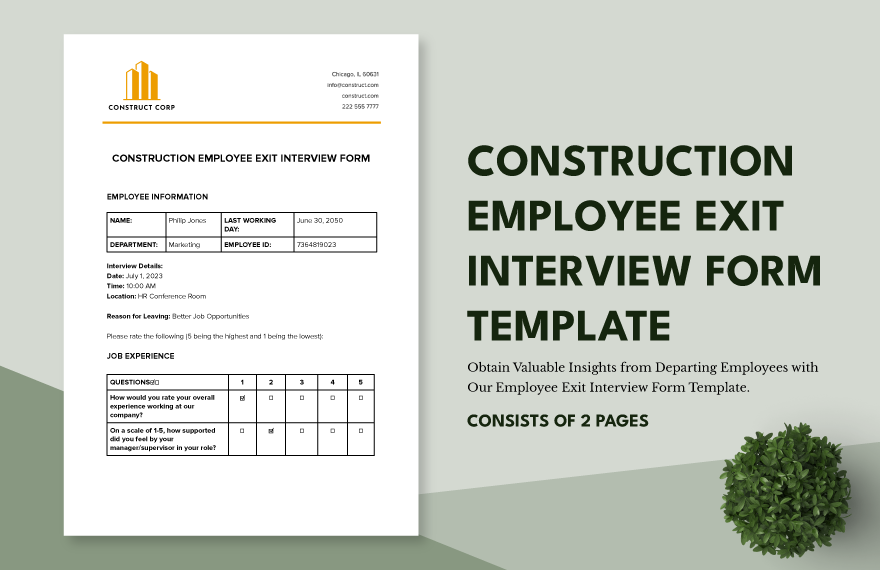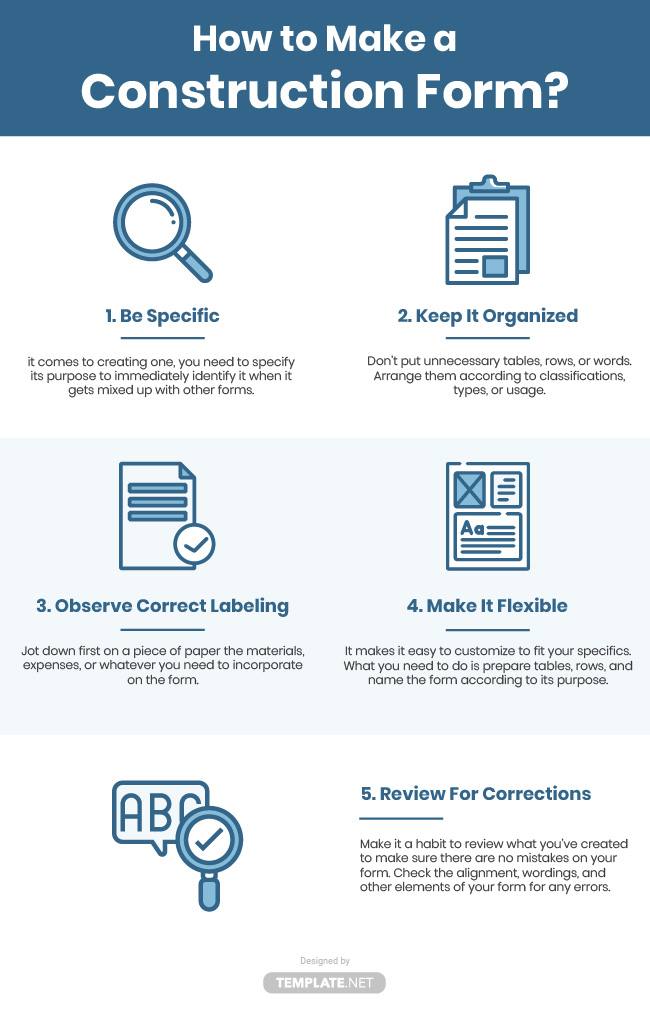When you create a construction form, you have to make it flexible as much as possible. Doing this will make it easy for you to customize it according to your needs. Construction Form can make your work efficient and up-to-date. For example, when you want to reduce your indirect and direct costs, having easily available forms that you can record your expenses will increase your efficiency.
According to the Associated General Contractors (AGC) of America, construction is one of the biggest contributors to the US economy. This means you’ll be expecting more construction projects to come in your way. And of course, you will need construction forms for work completion. We’ve managed to create a list of some reminders you need to consider when creating a concrete construction form.
1. Be Specific
There are numerous kinds of forms you will need while the construction project is on-going. It can be a construction estimate form, a daily proposal form, or a construction checklist form for your house project. When it comes to creating one, you need to specify its purpose to immediately identify it when it gets mixed up with other forms.
2. Keep It Organize
Don’t put unnecessary tables, rows, or words. In the first place, you’re creating construction forms to be organized. Arrange them according to classifications, types, or usage. Choose a structure or layout specifically for one type of construction form for easy recognition in case you need one in the future. Ensure to create a clear, simple, and well-presented form to have an organized project implementation.
3. Observe Correct Labeling
Labels are important in every form. If you commit mistakes on the labeling, it will be a confusing document when used by others. To avoid this mistake, you need to jot down first on a piece of paper the materials, expenses, or whatever you need to incorporate on the form. It’s easy to insert the names of stuff when you have a reference.
4. Make It Flexible
A flexible construction form will come in handy in times when you don’t have enough time. It makes it easy to customize to fit your specifics. What you need to do is prepare tables, rows, and name the form according to its purpose. By doing this, it will be easy for you to insert information next time you need one.
5. Review For Corrections
Ready to print? Not so fast. Make it a habit to review what you’ve created to make sure there are no mistakes on your form. Check the alignment, wordings, and other elements of your form for any errors. Is it complete? Are the labels correct? Does it look organize? These are just a few questions you need to ask before you print out your form.


